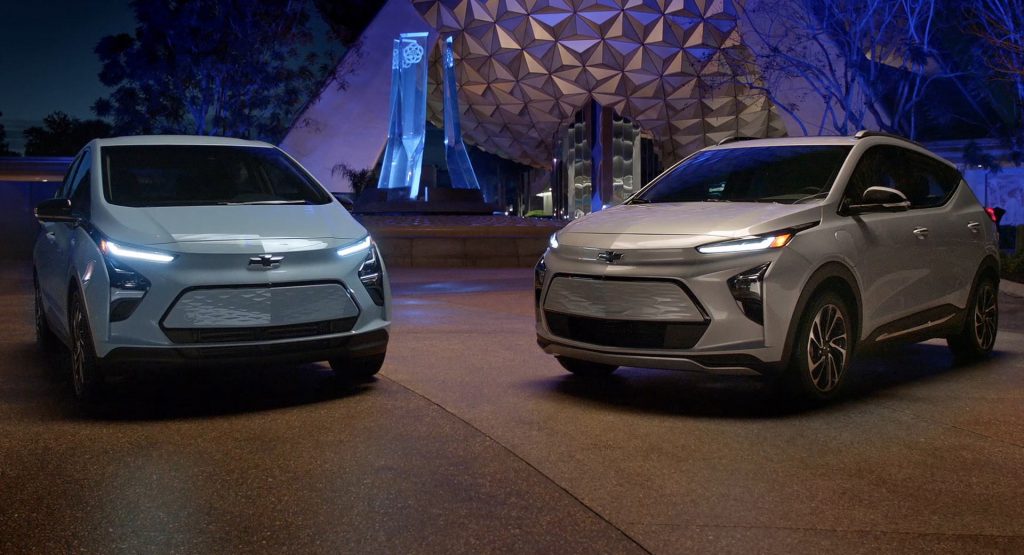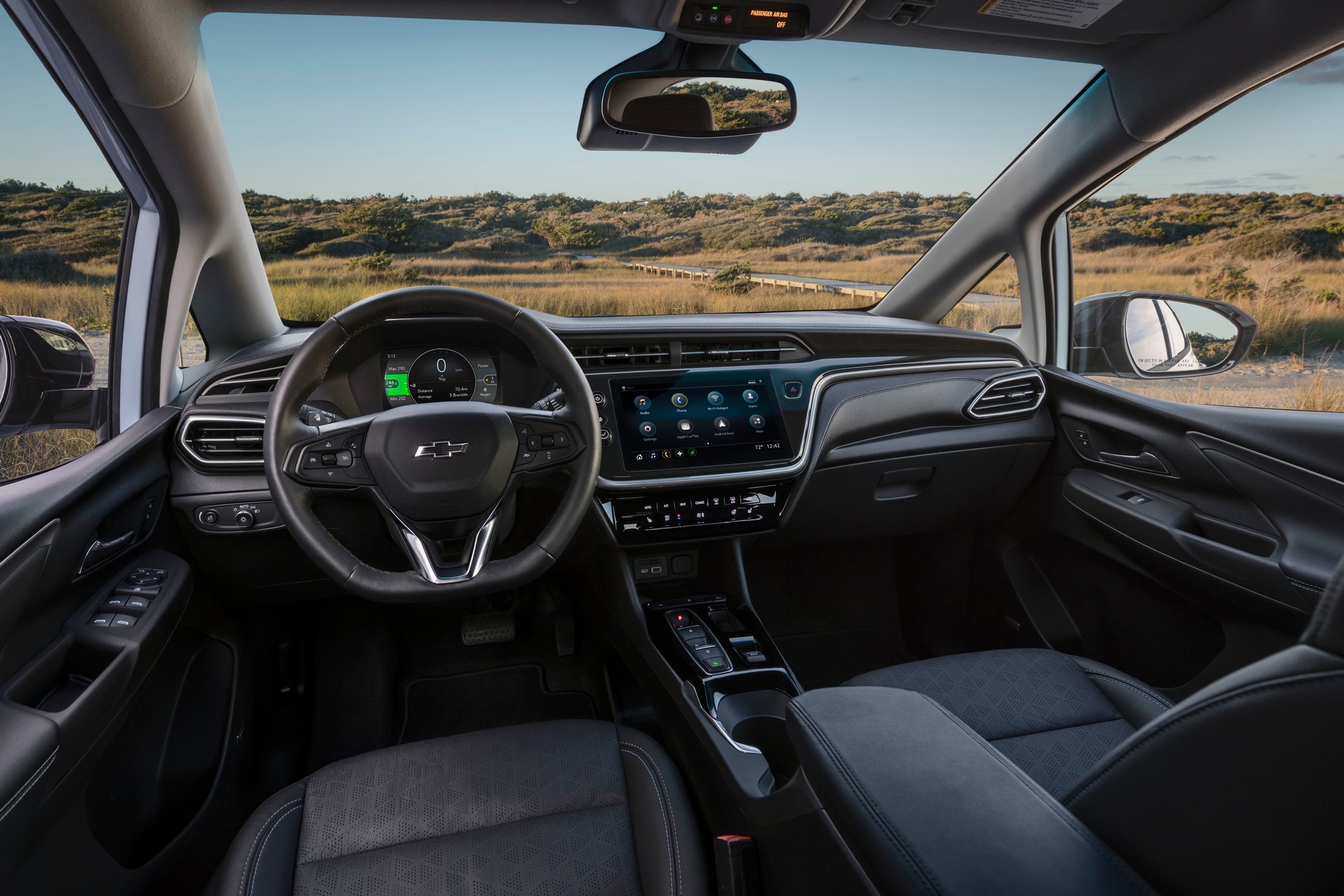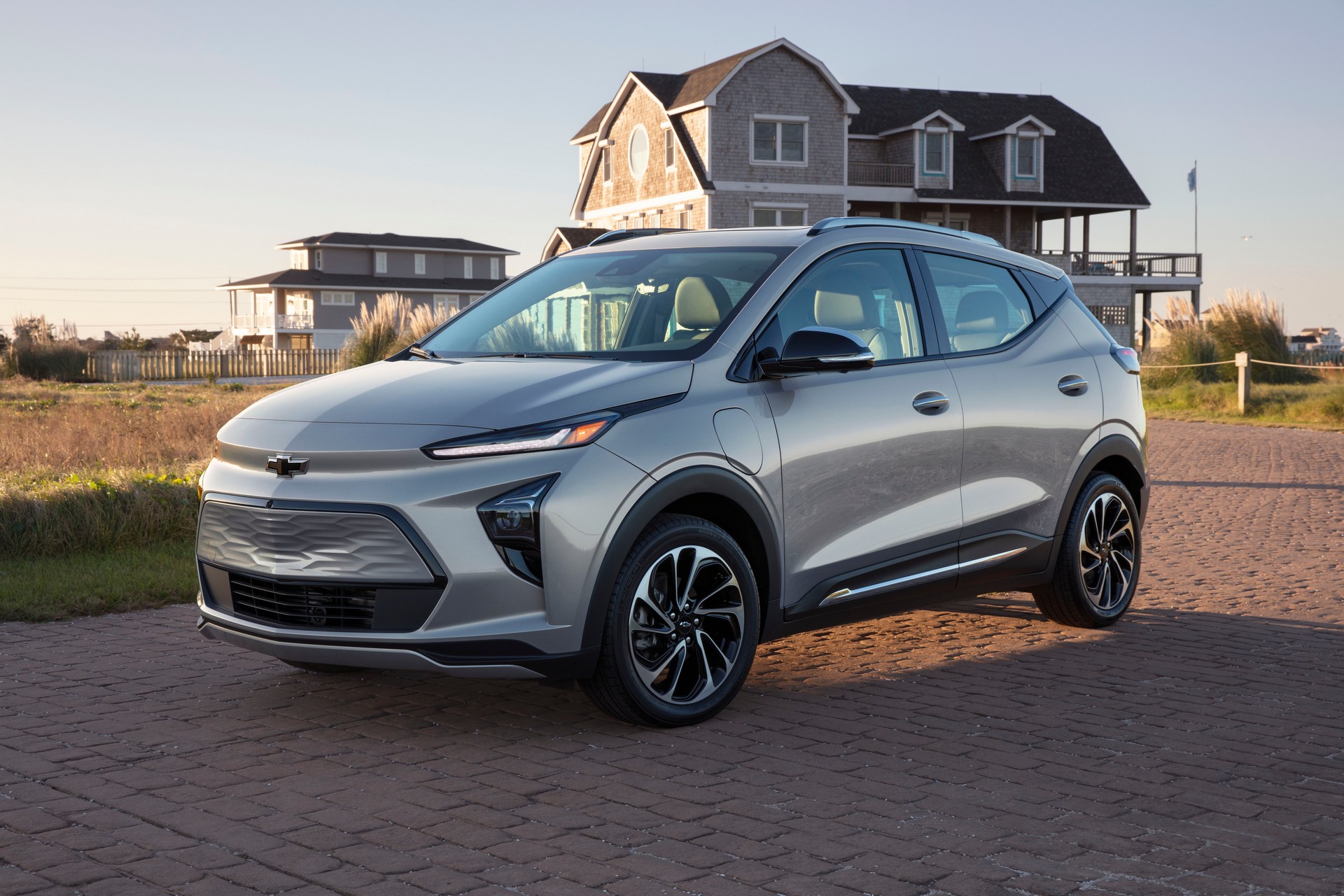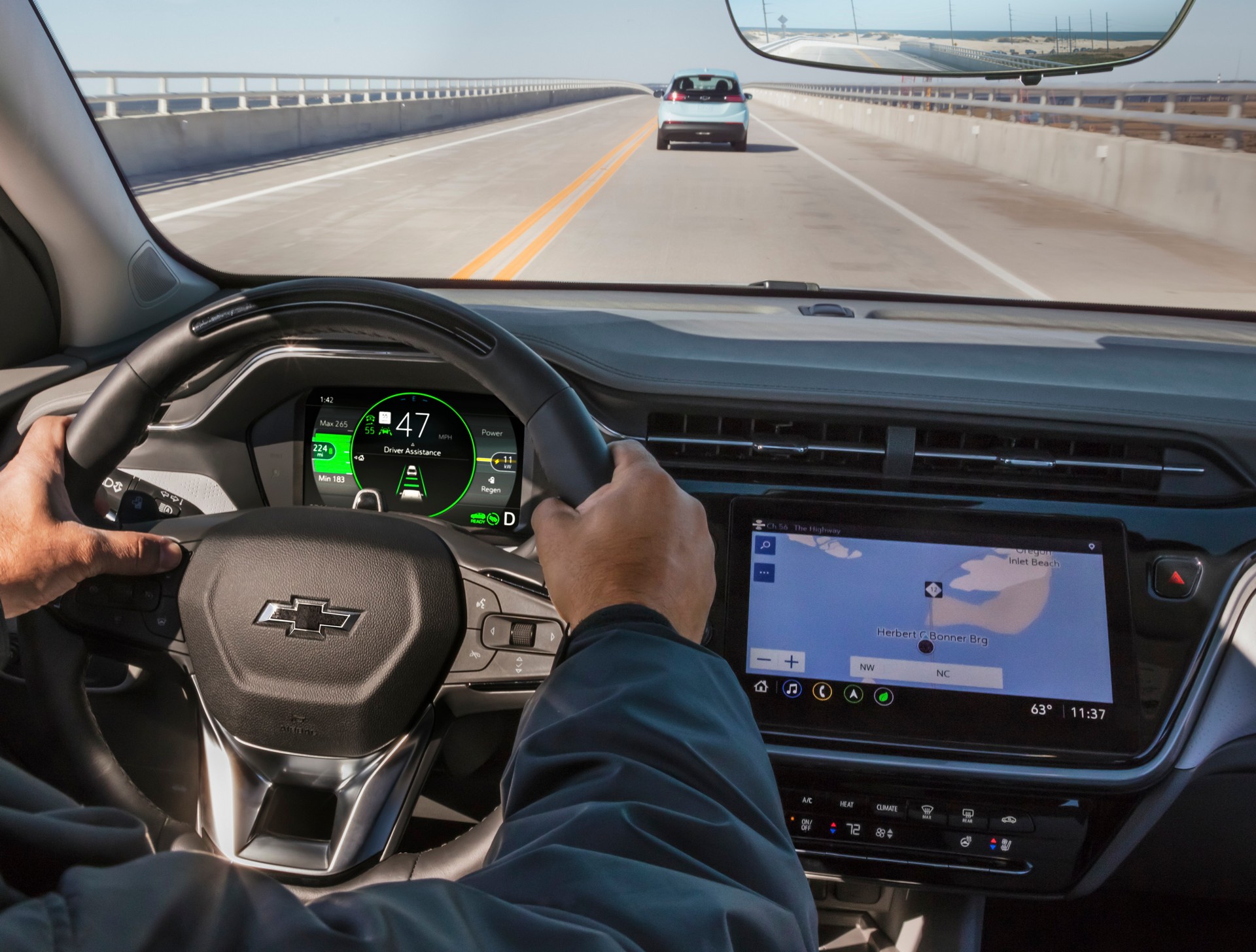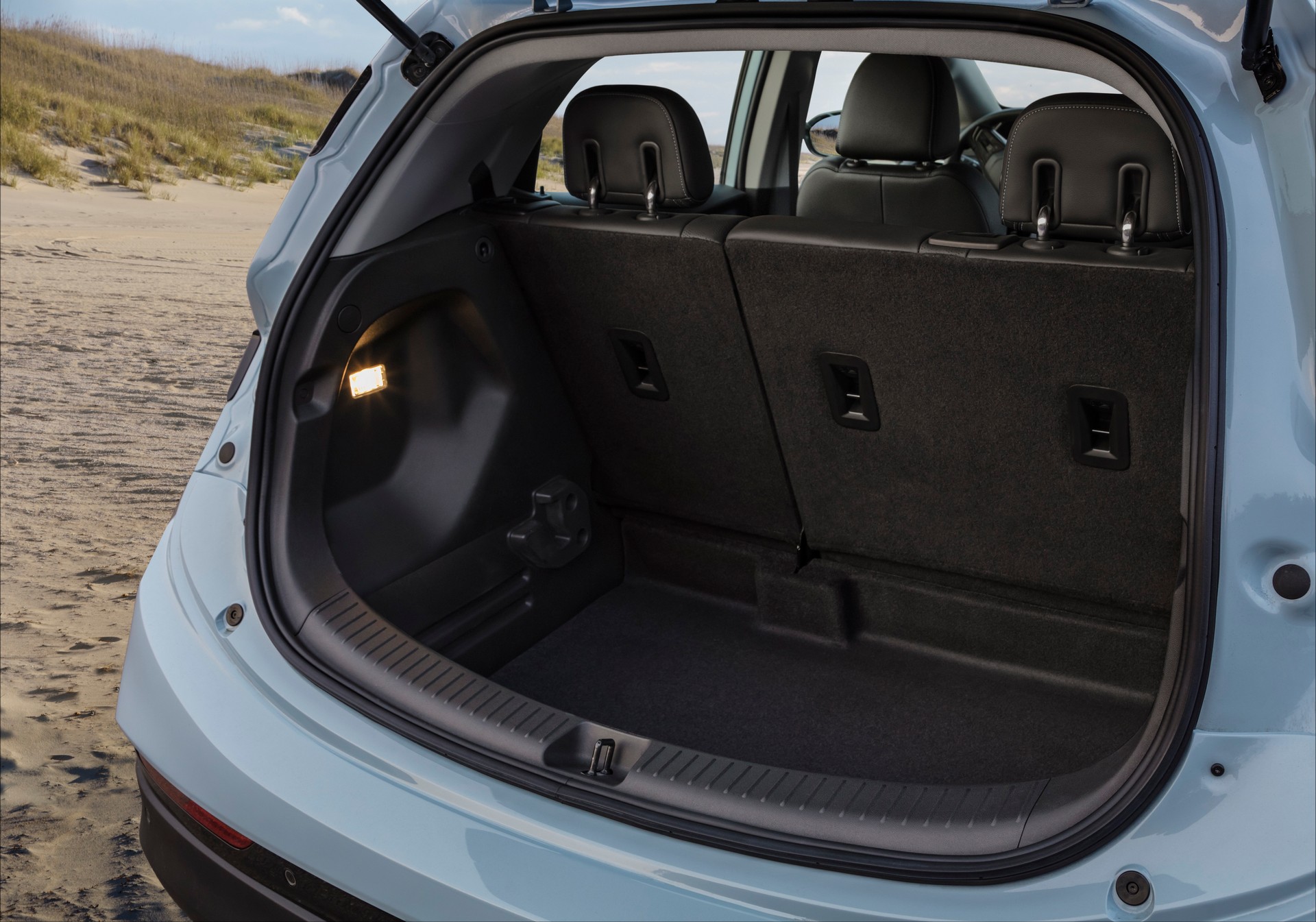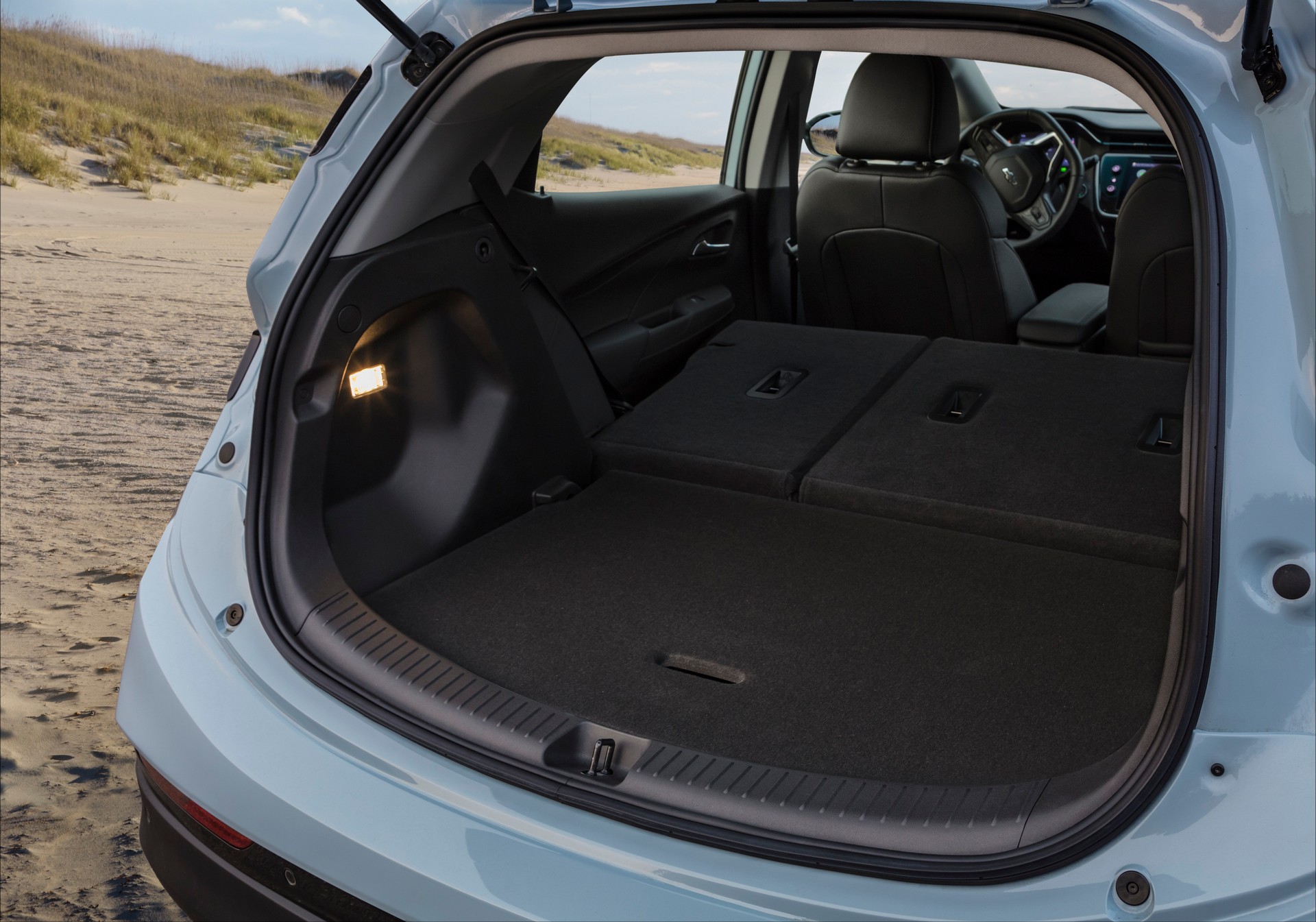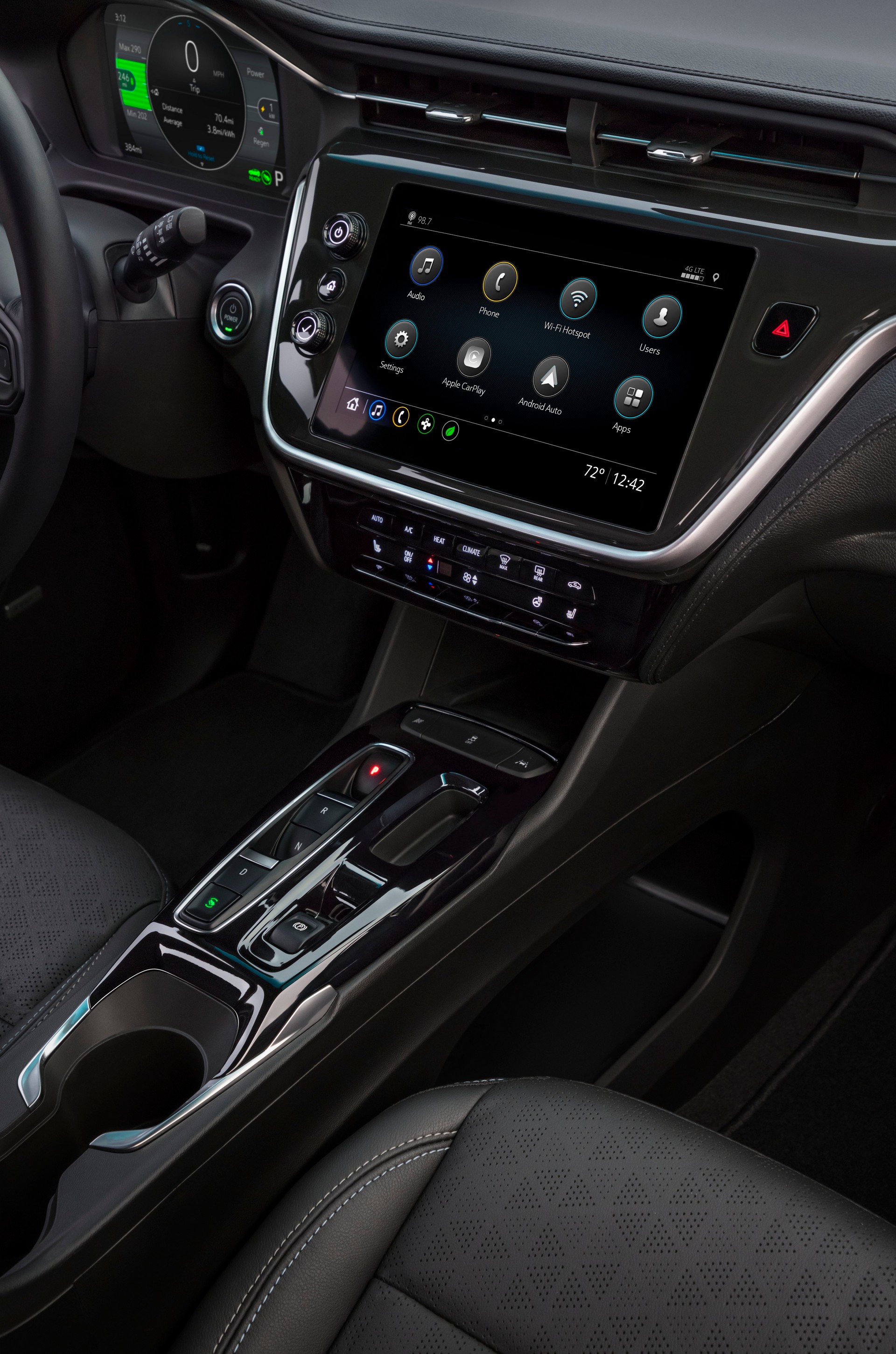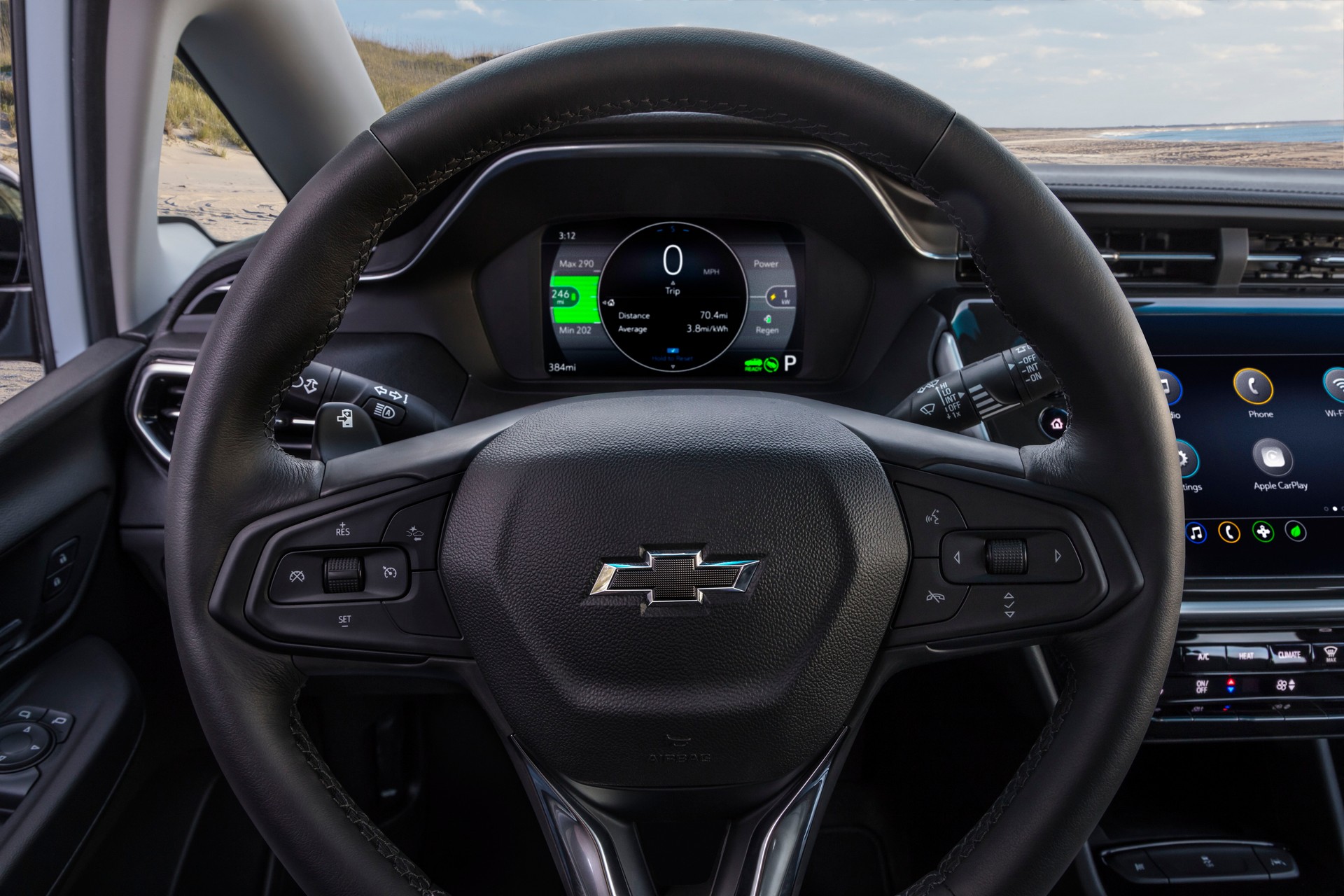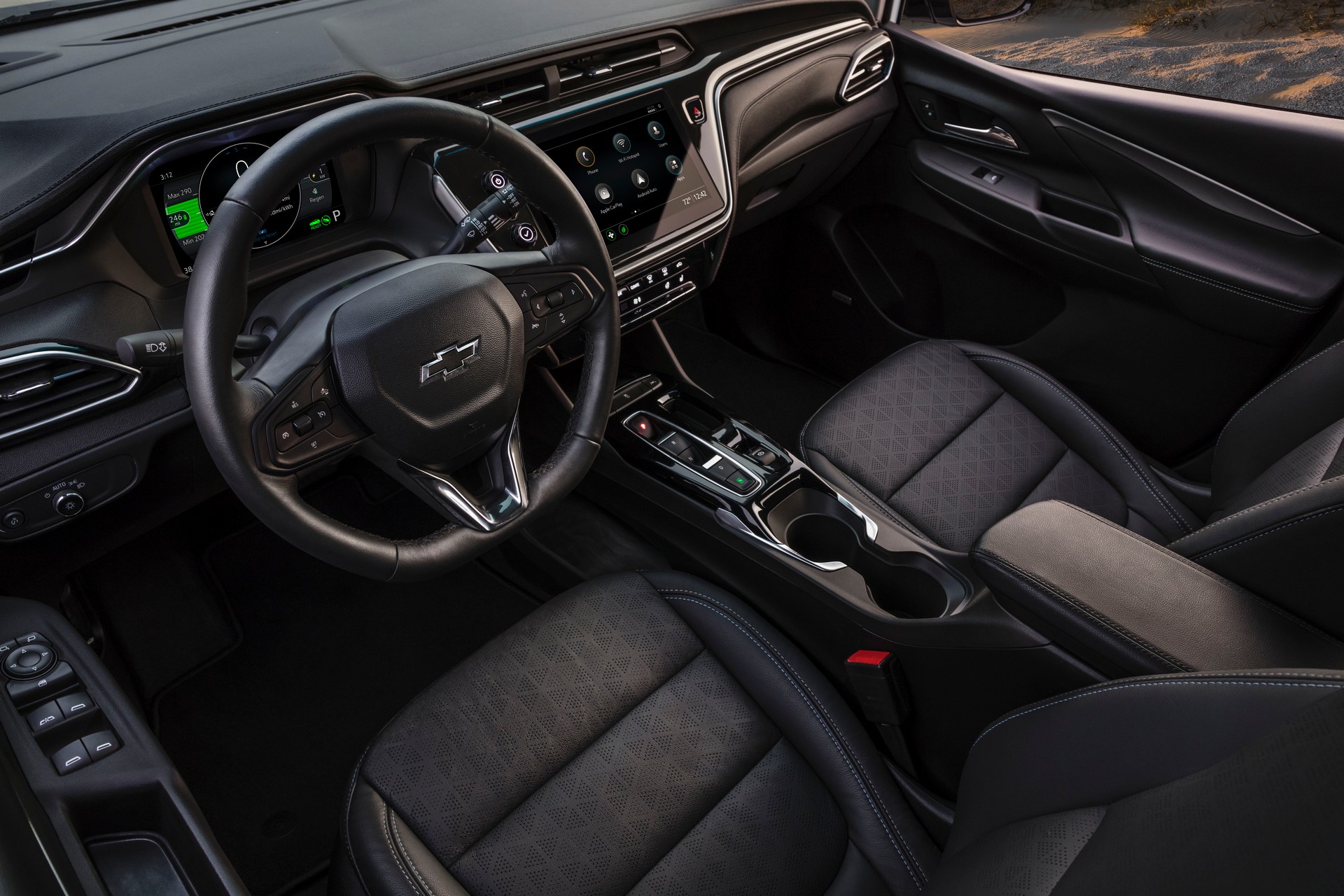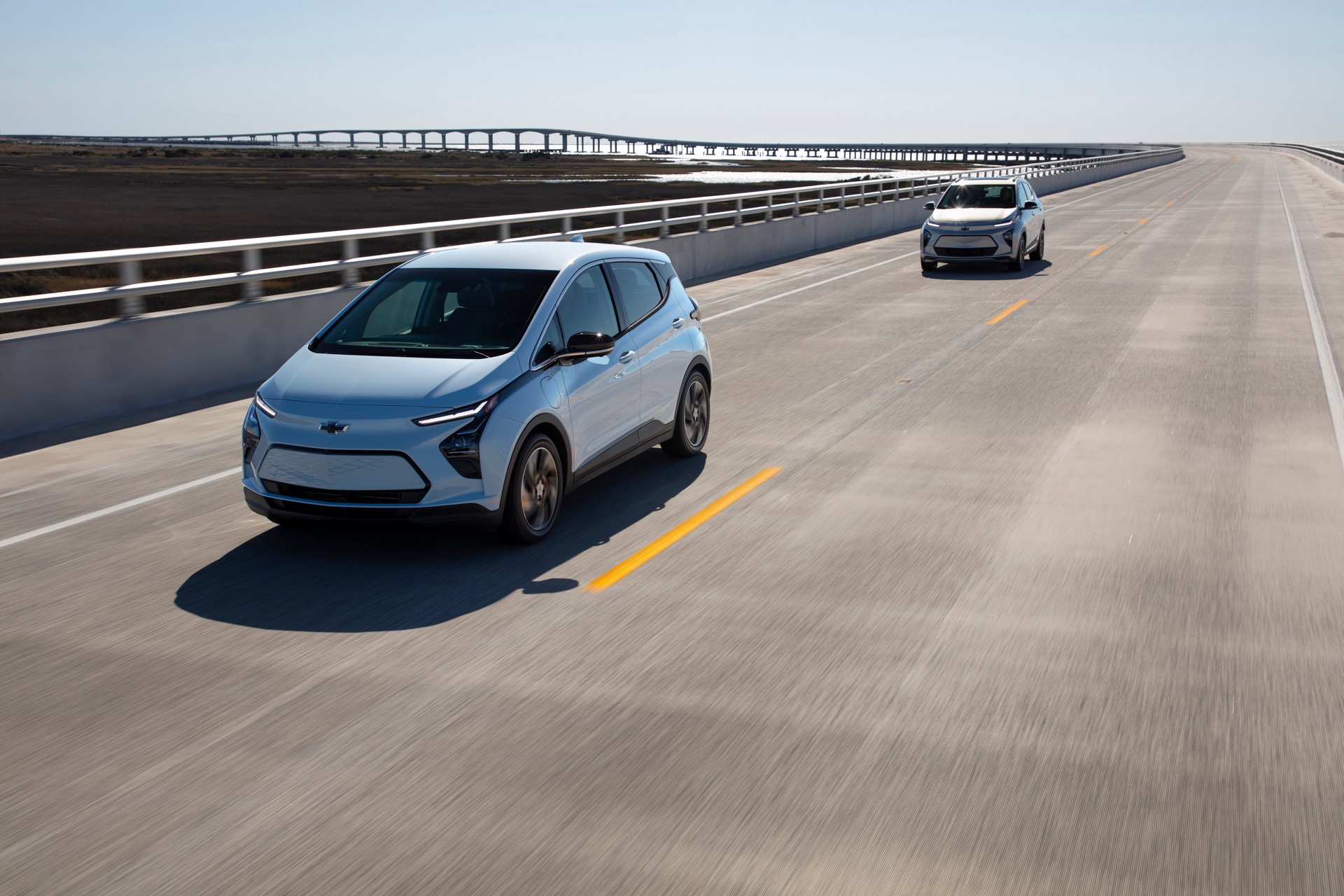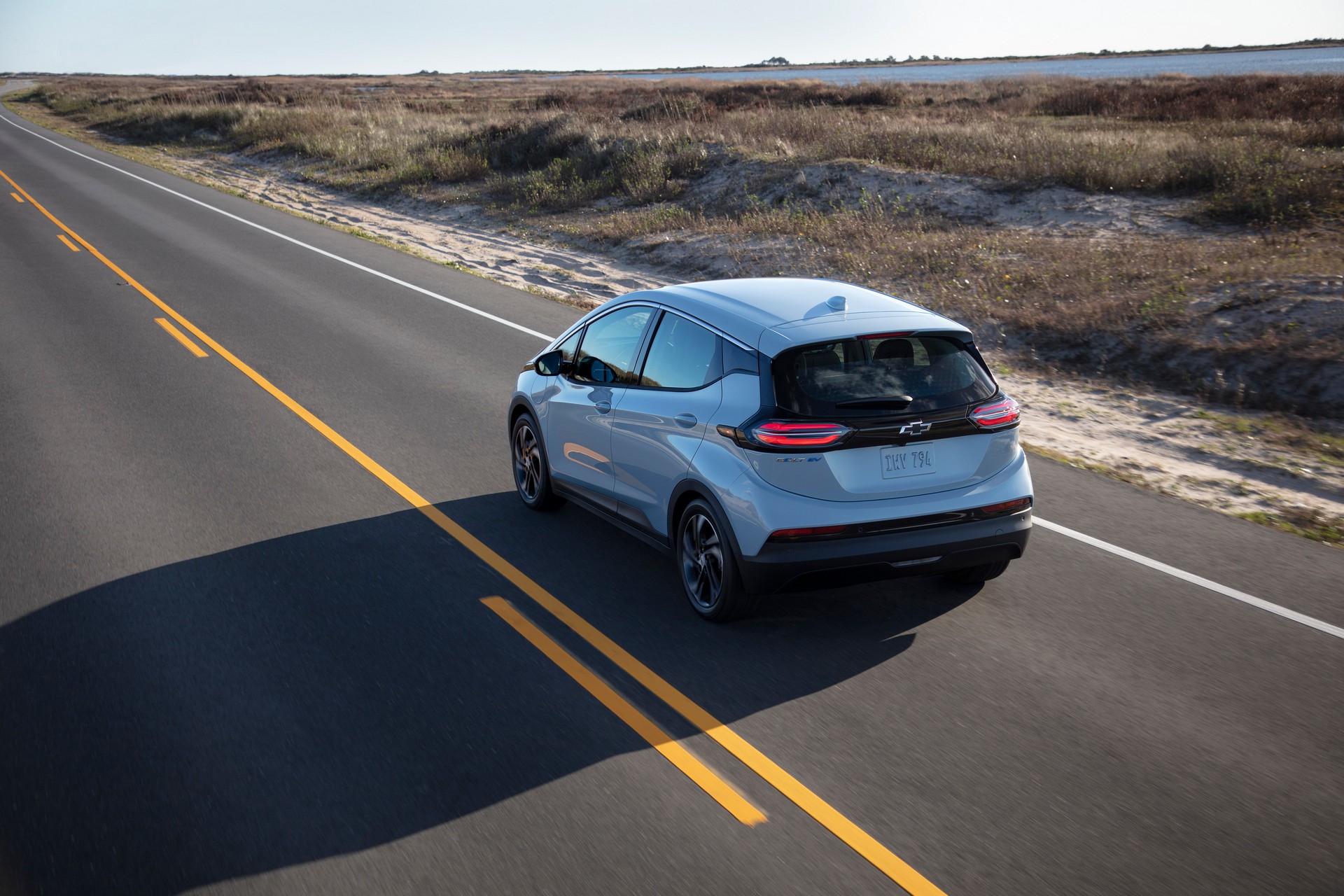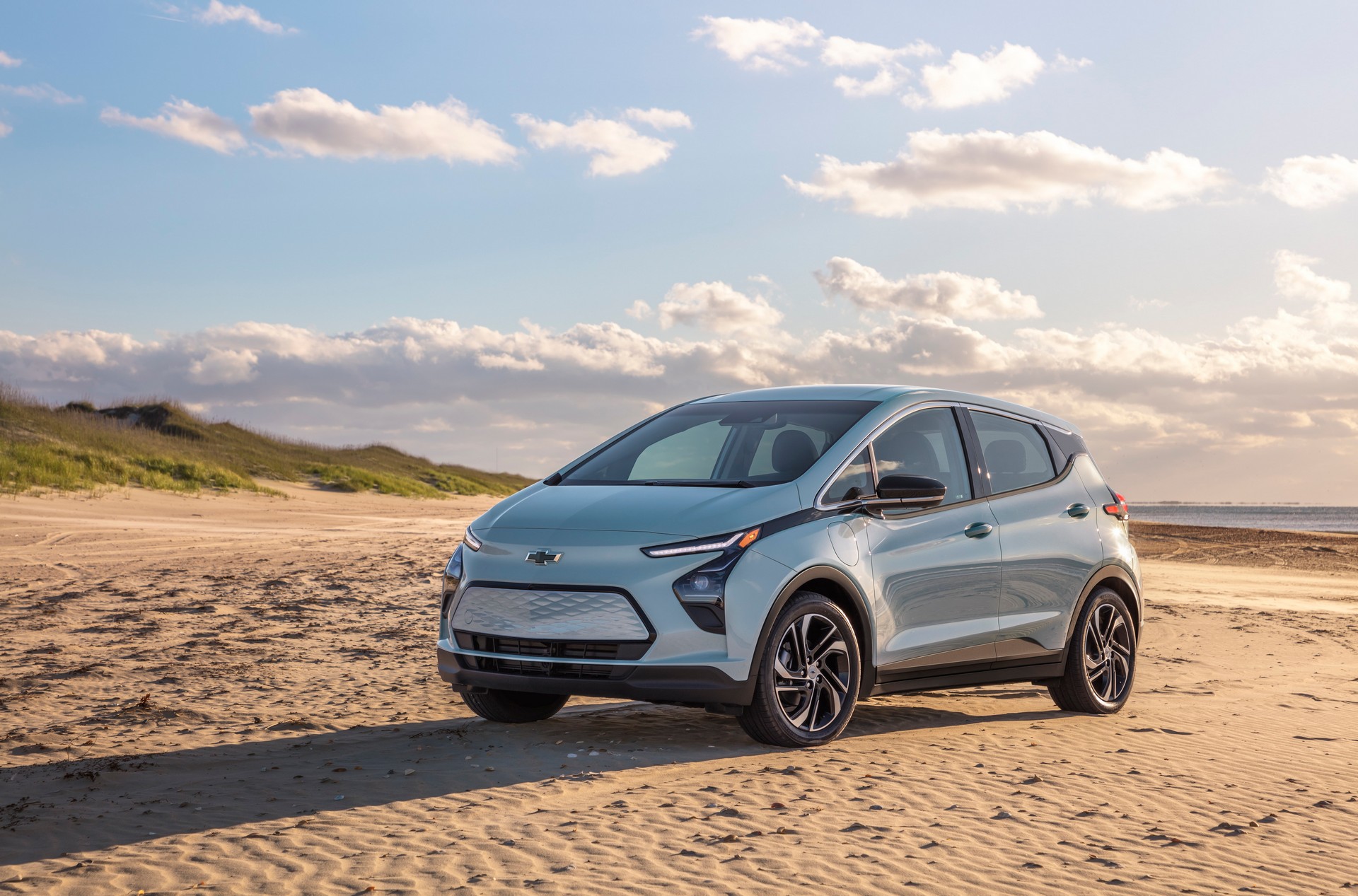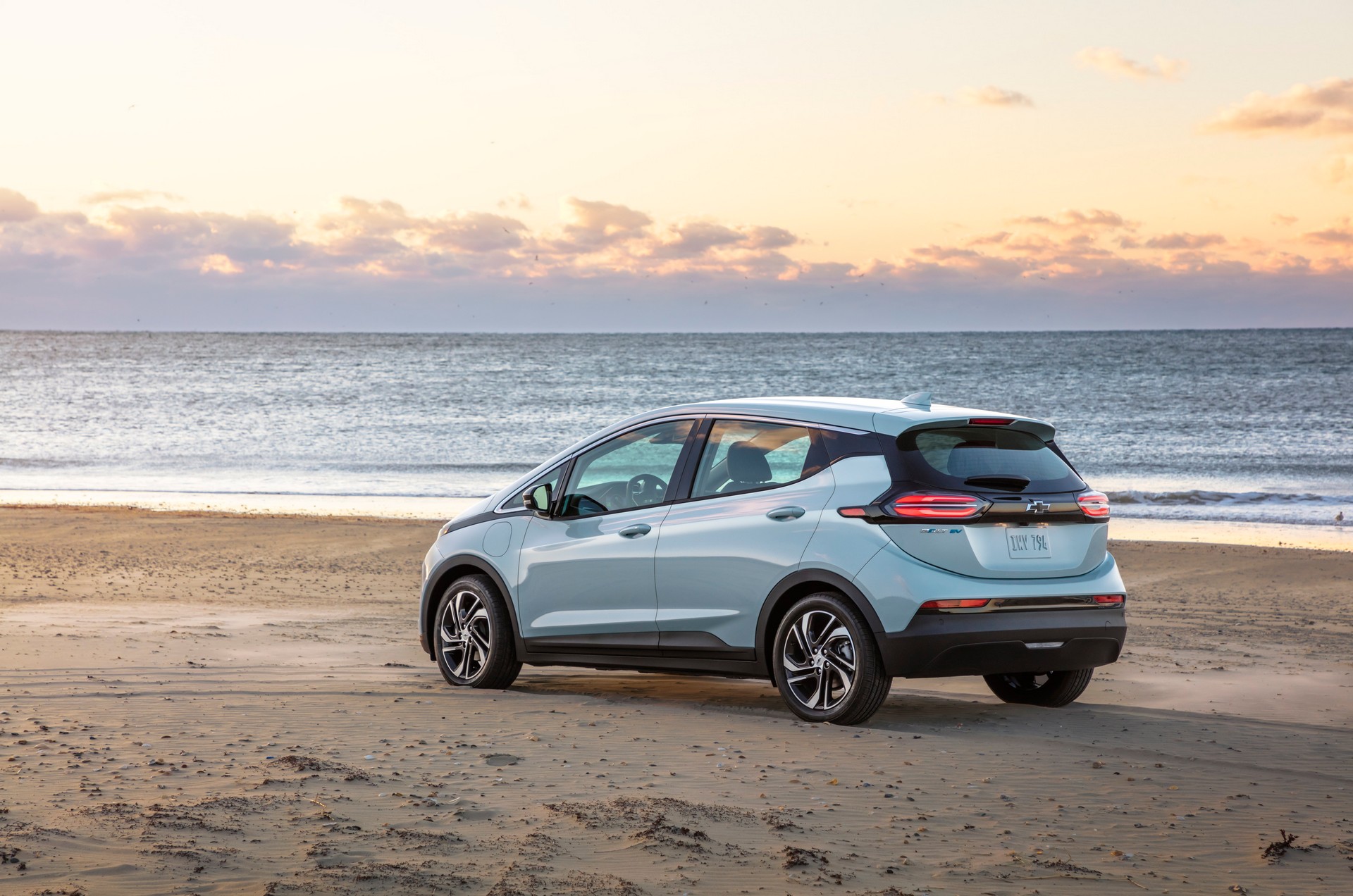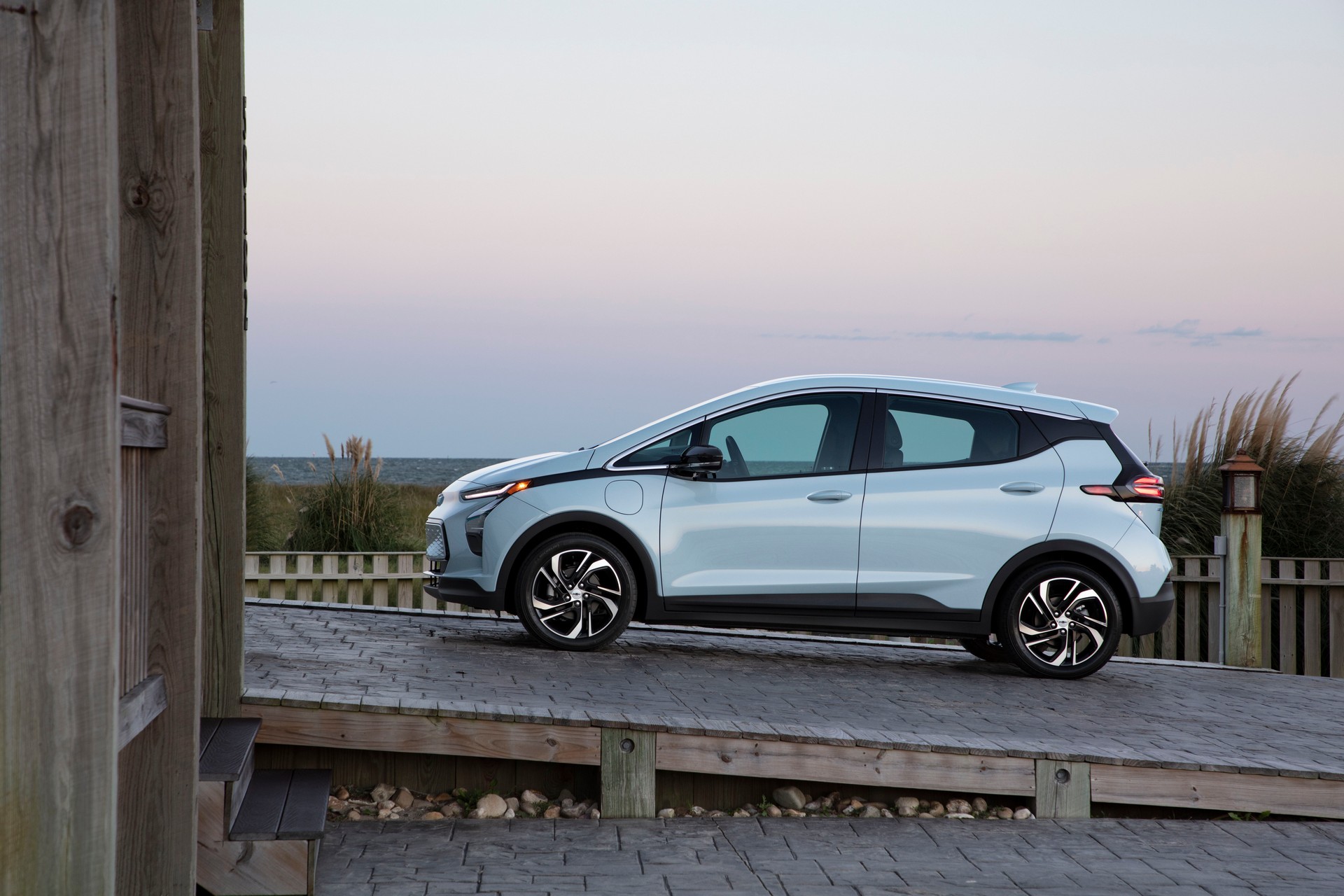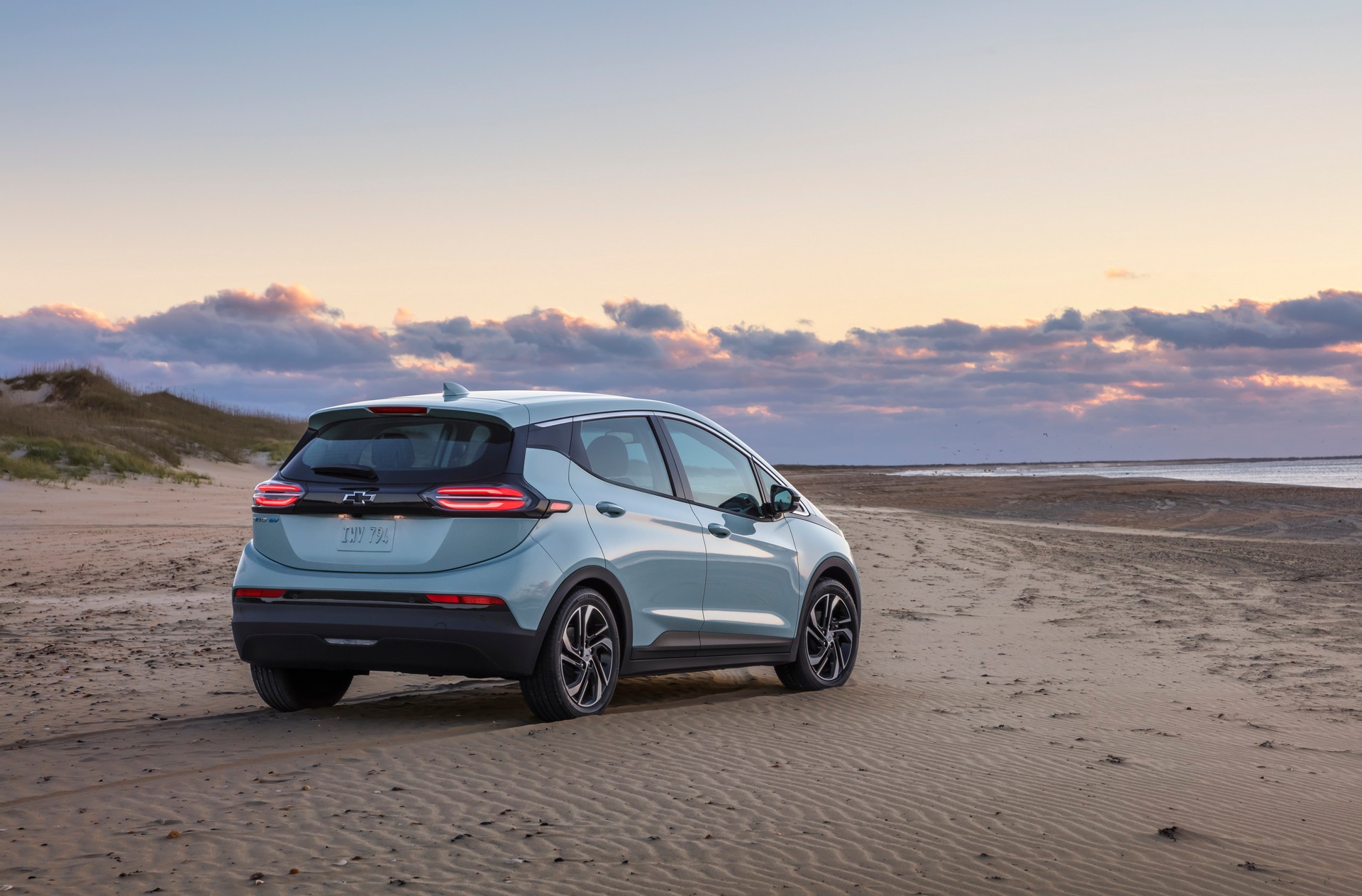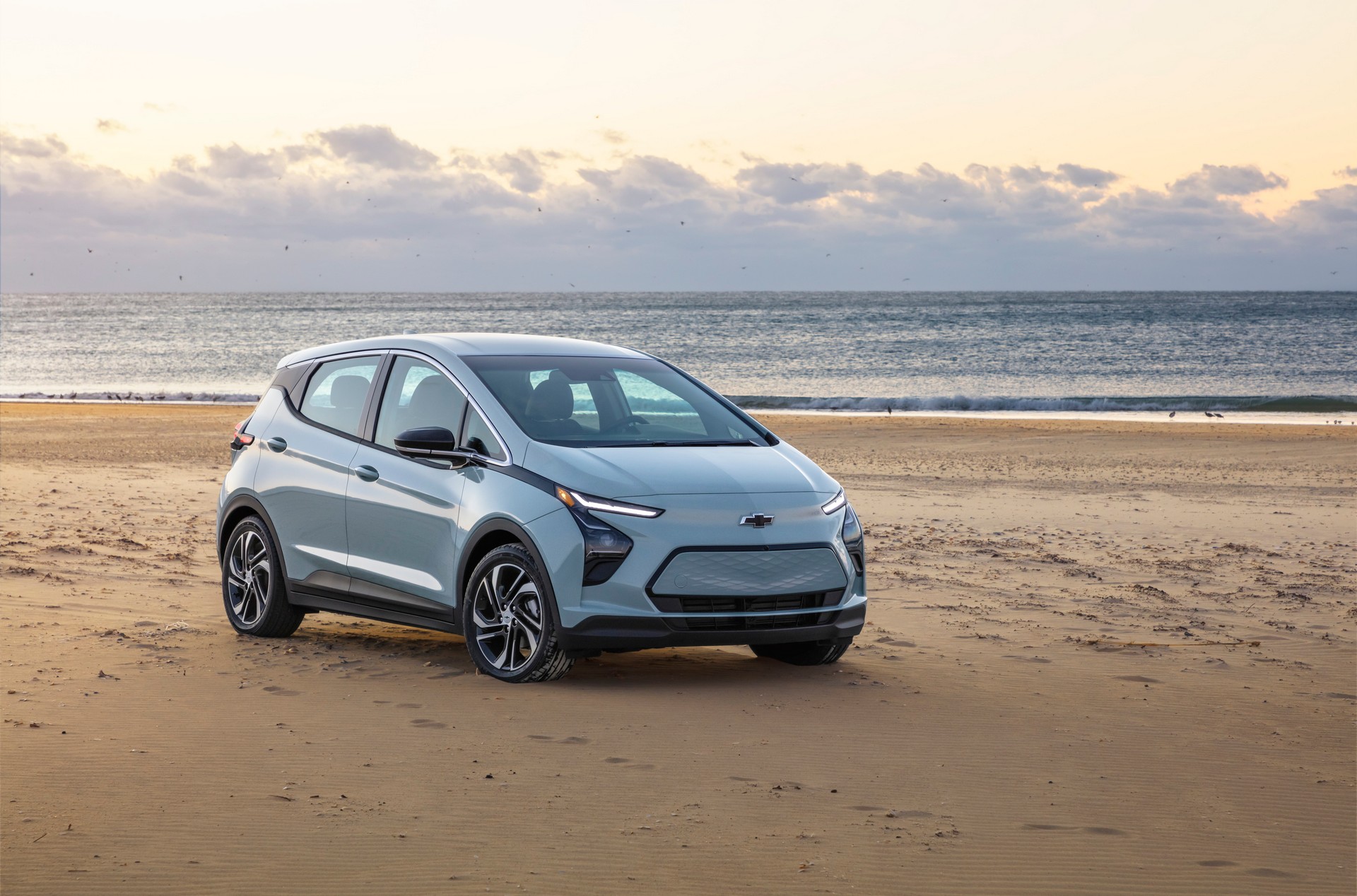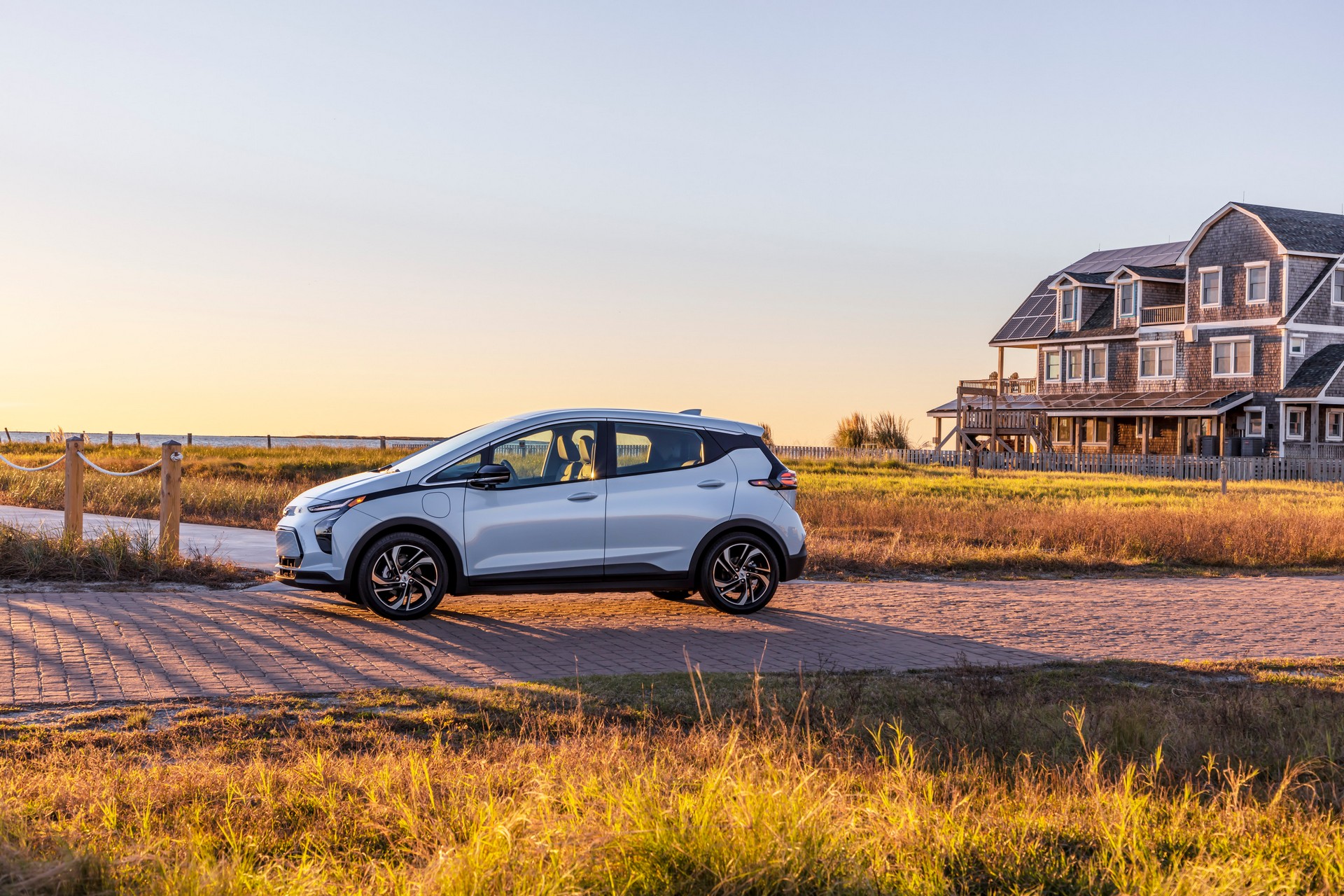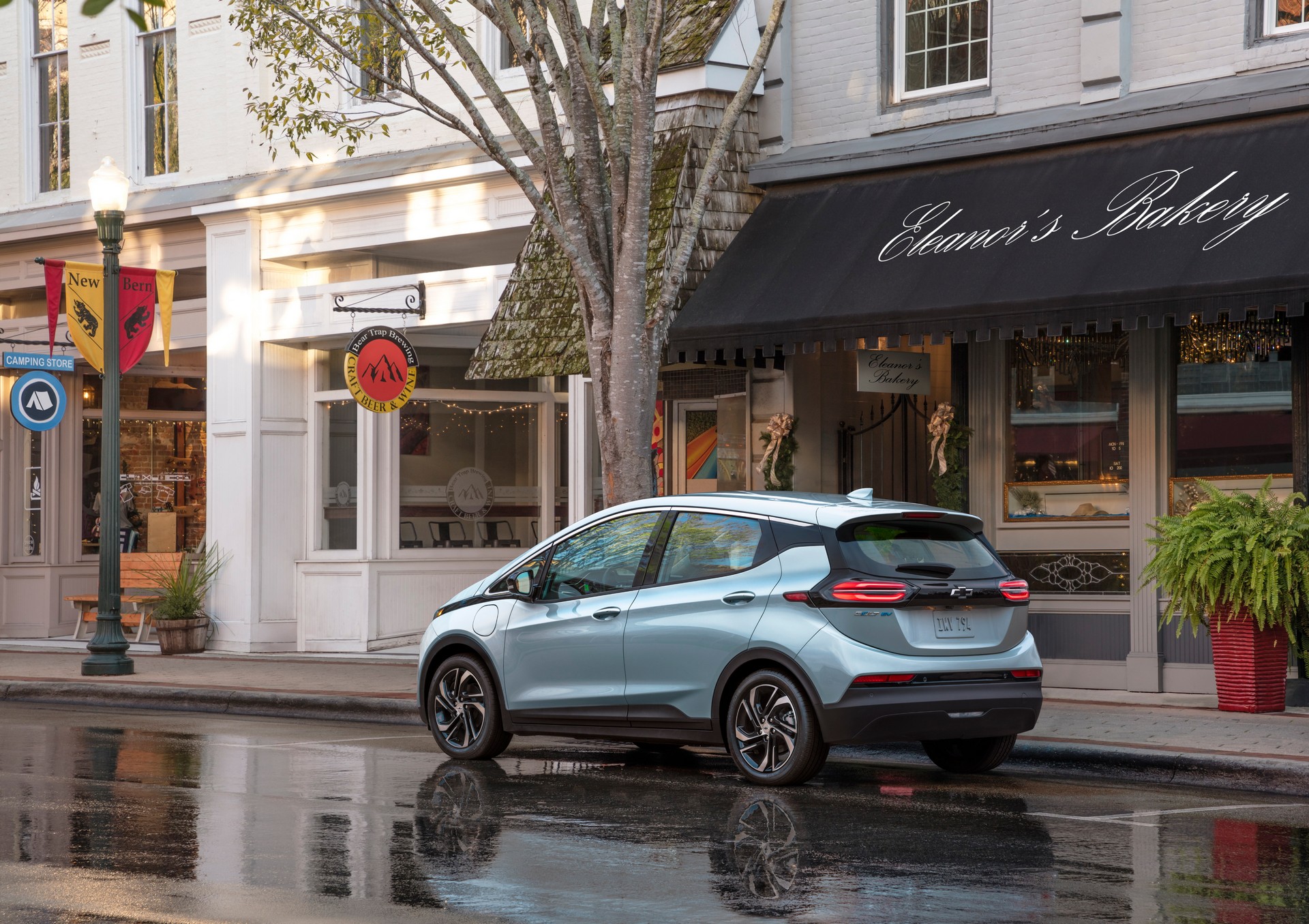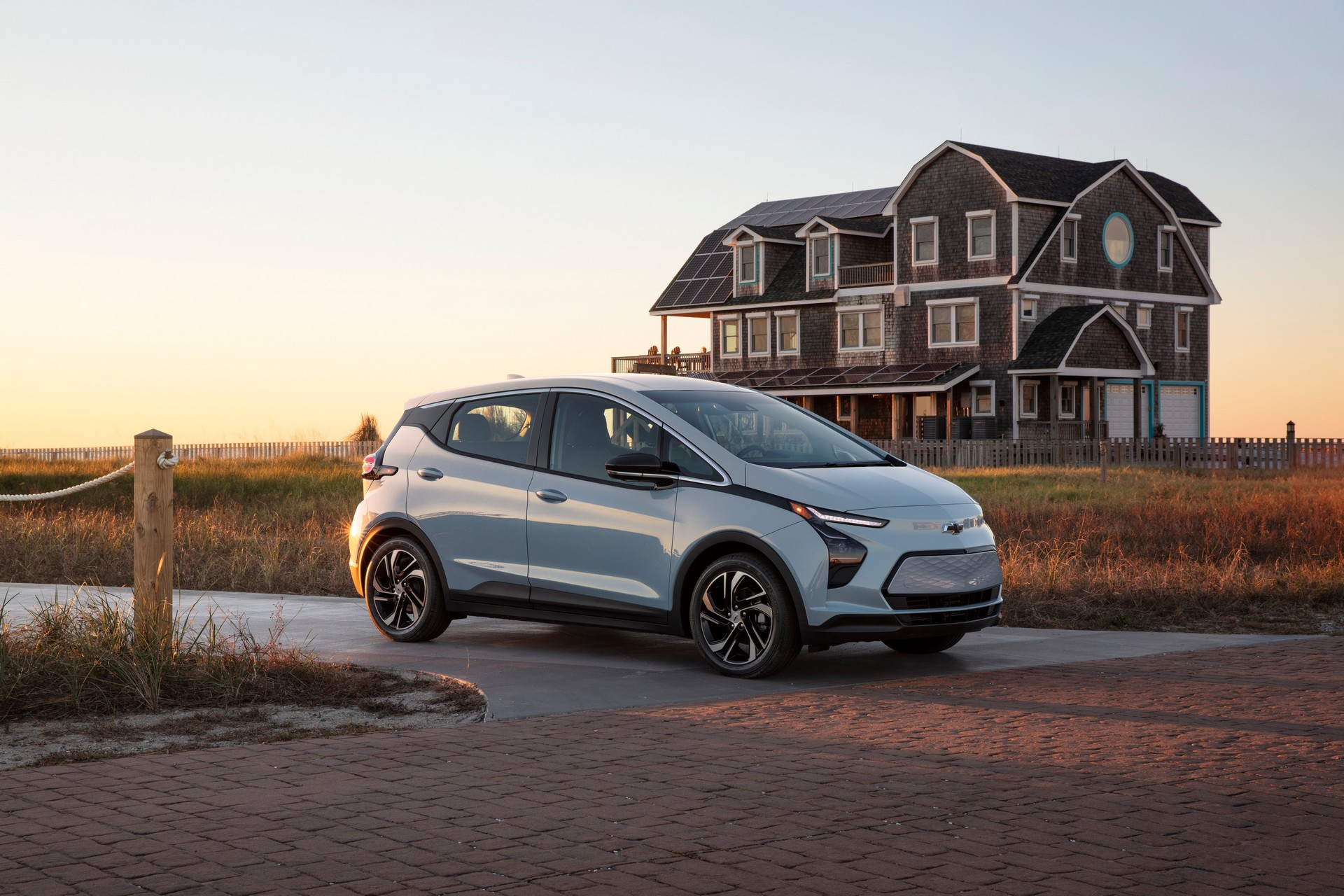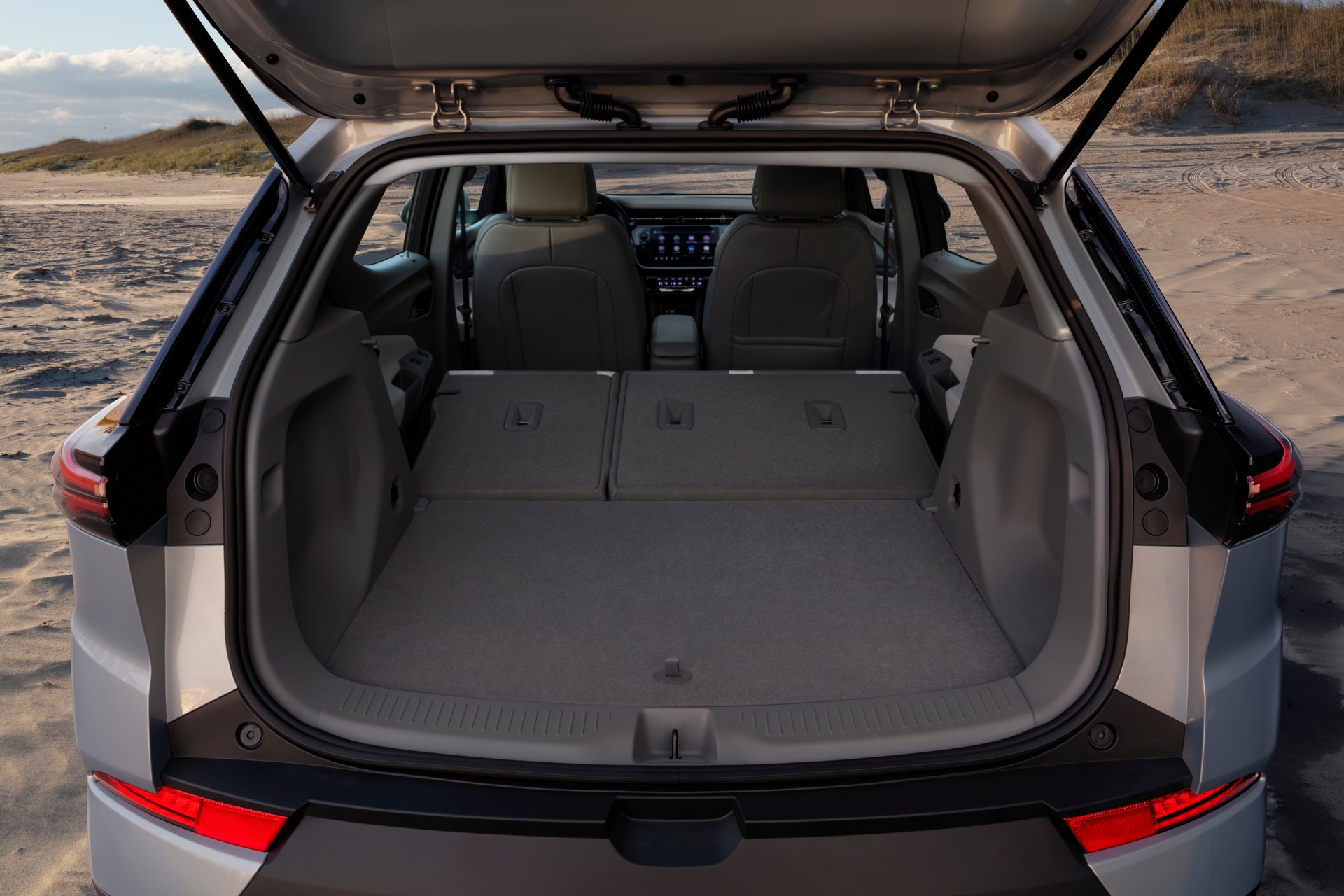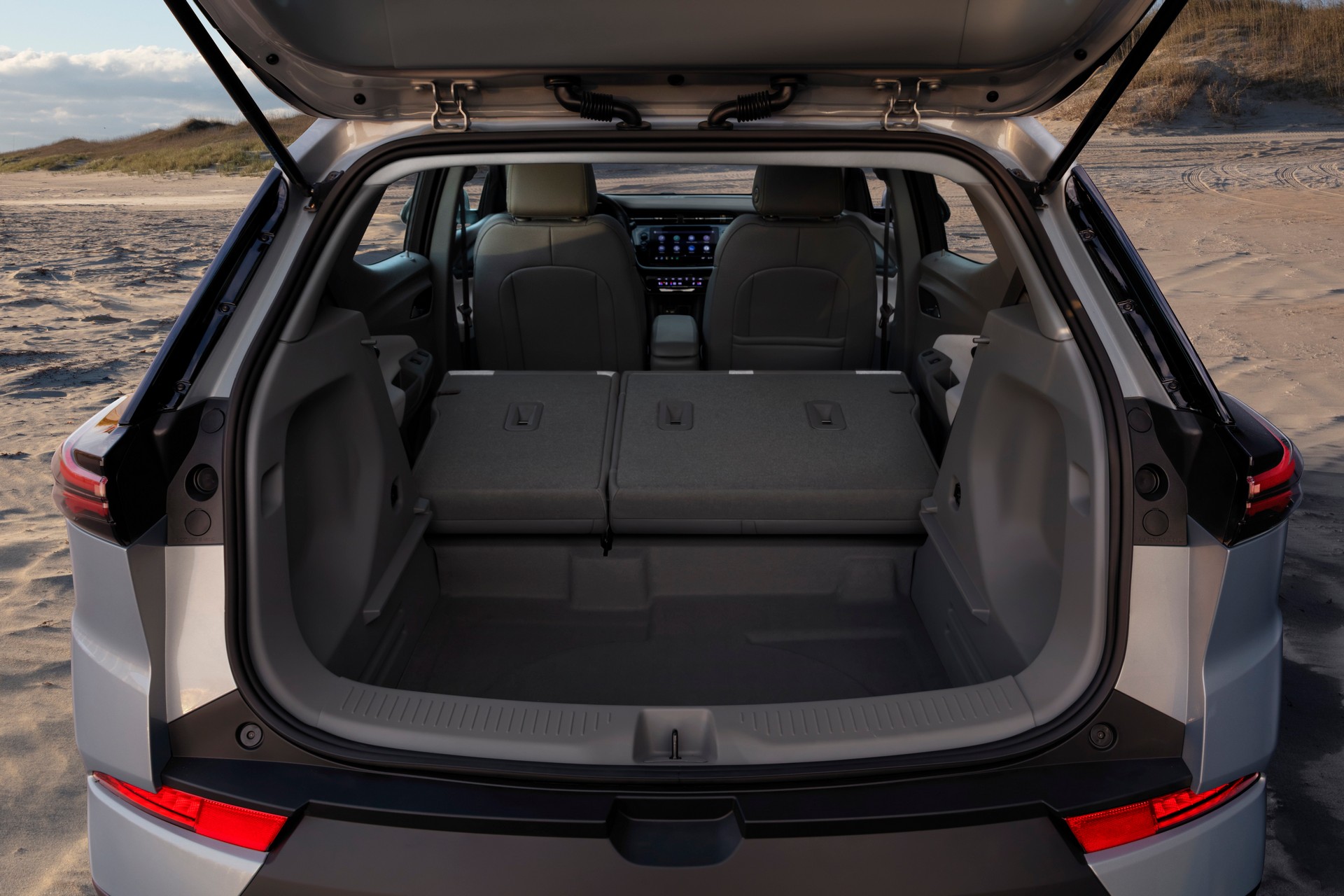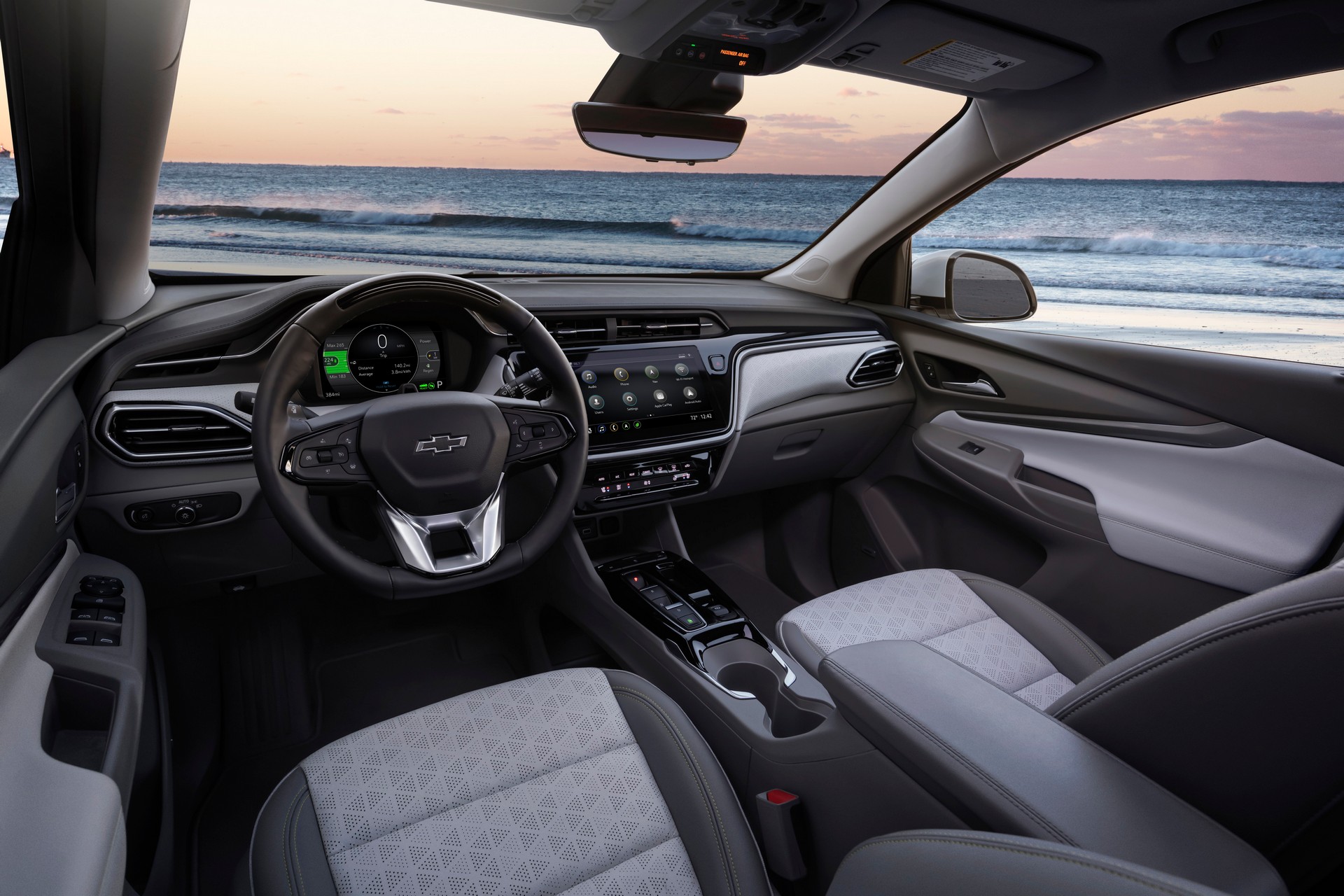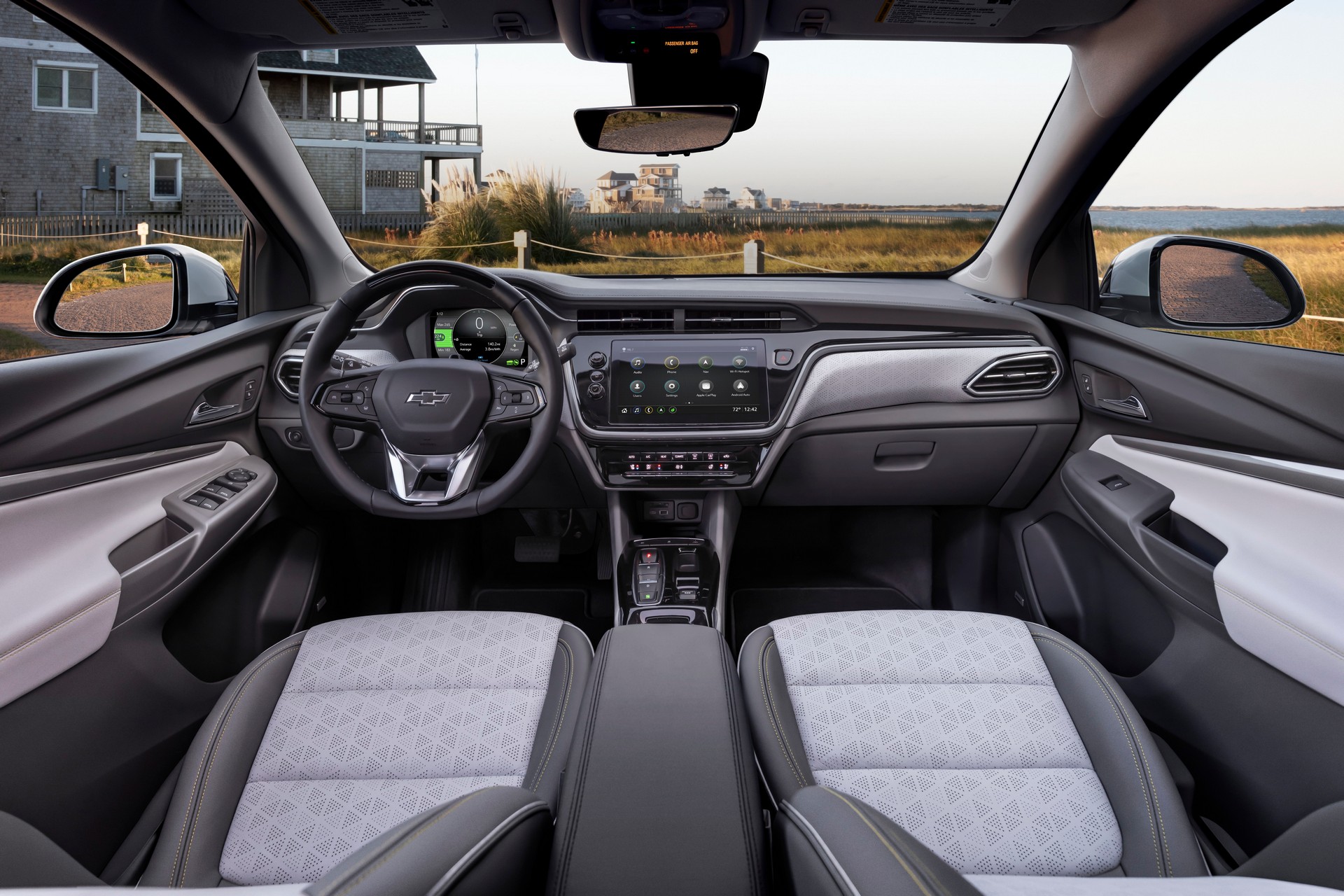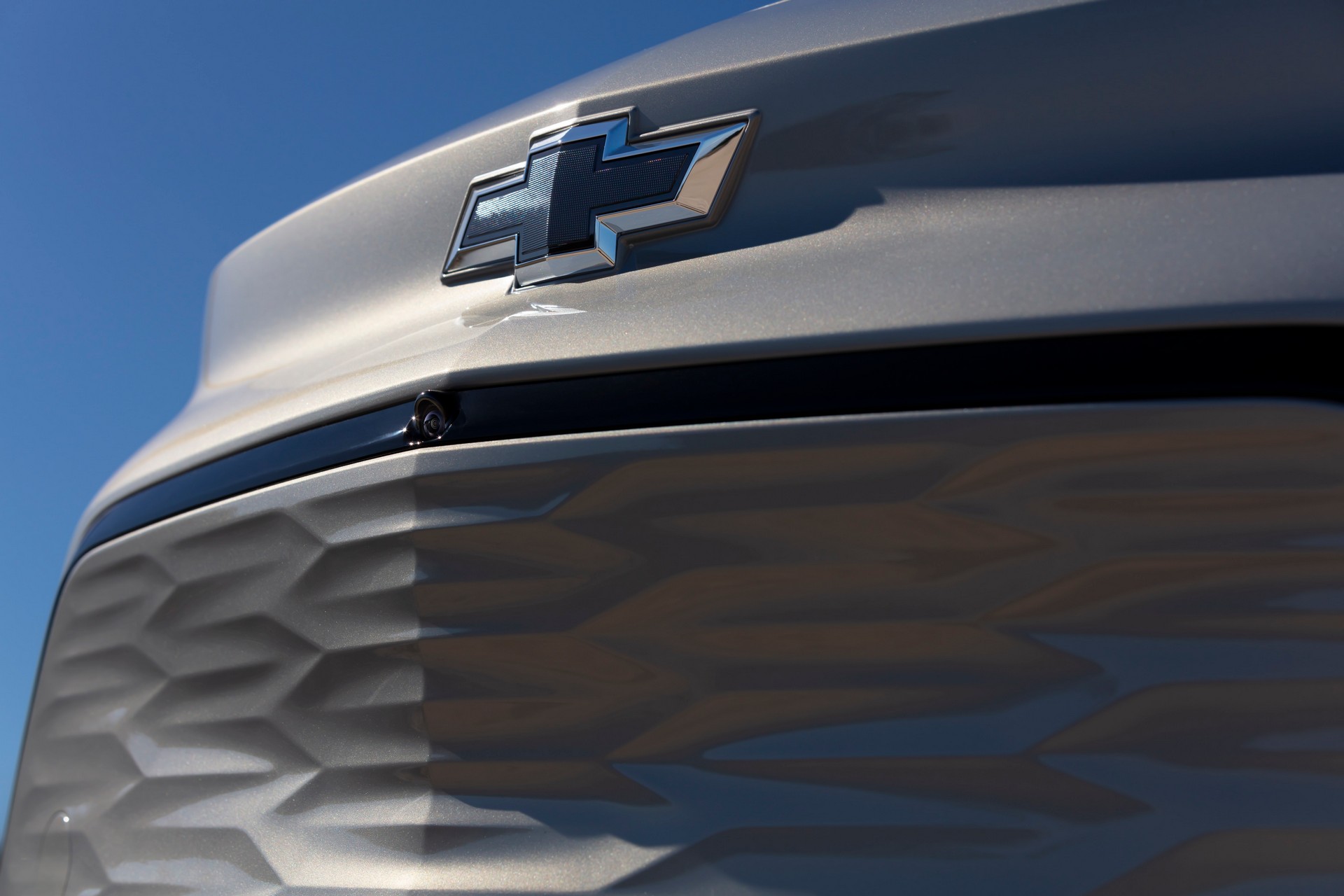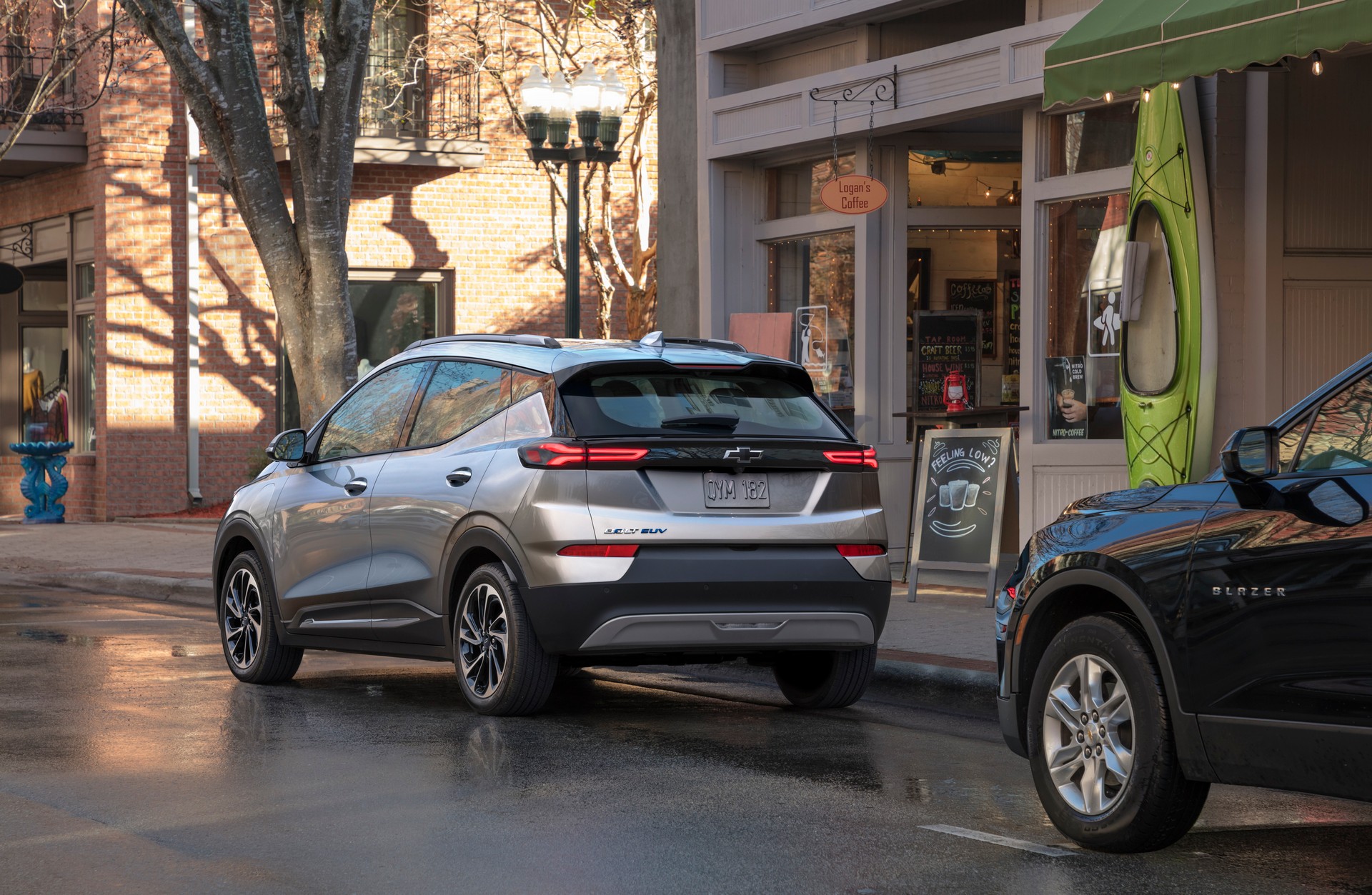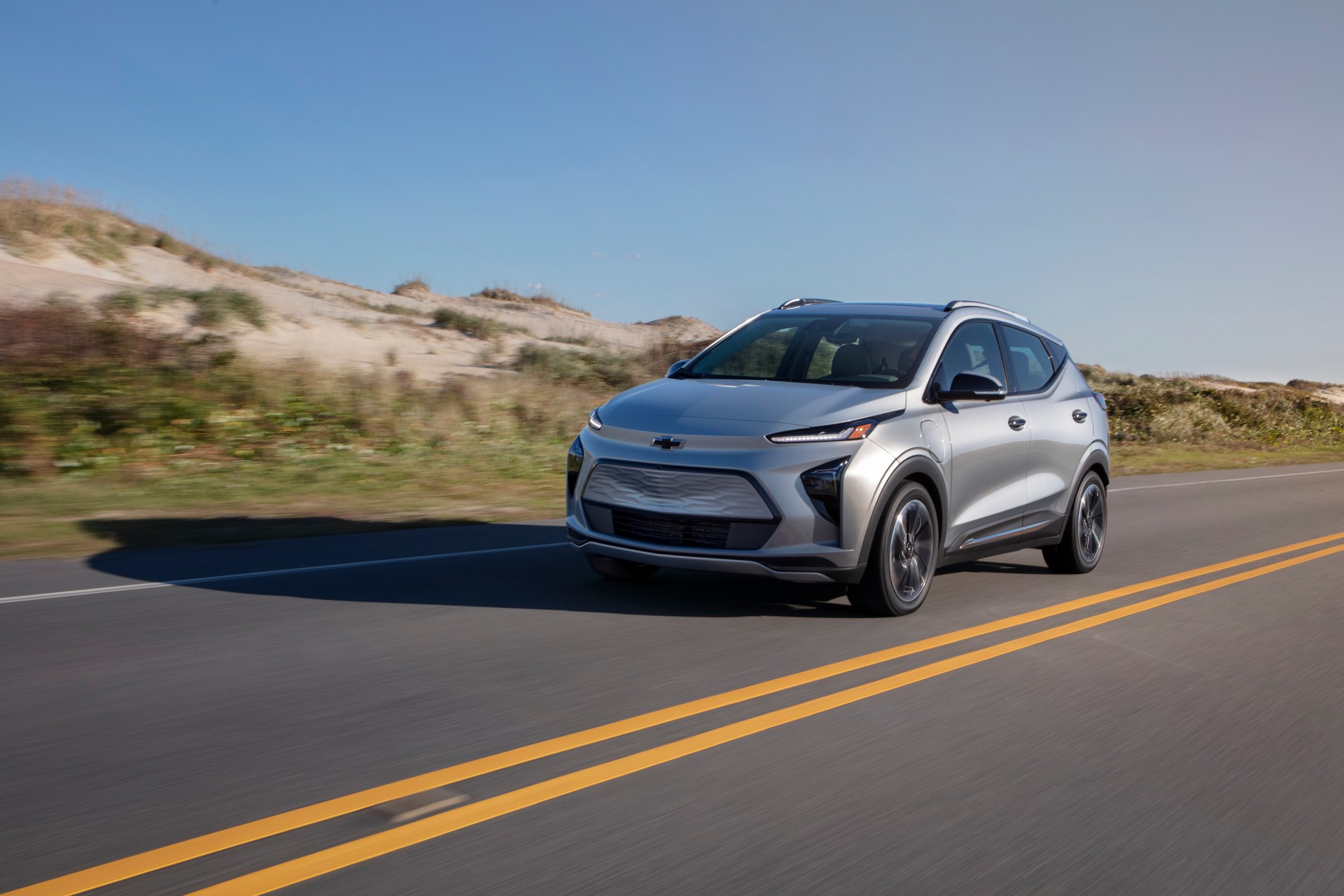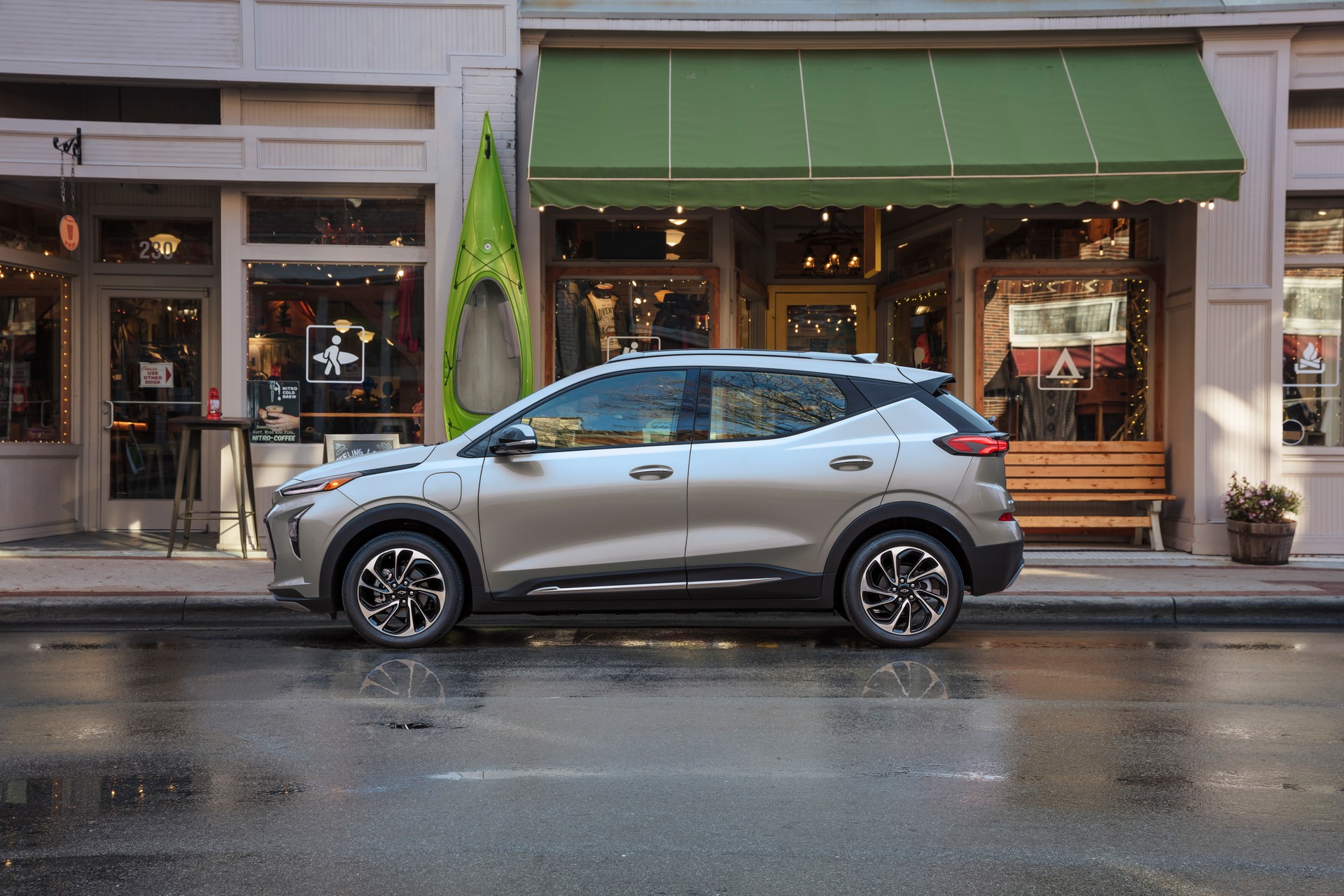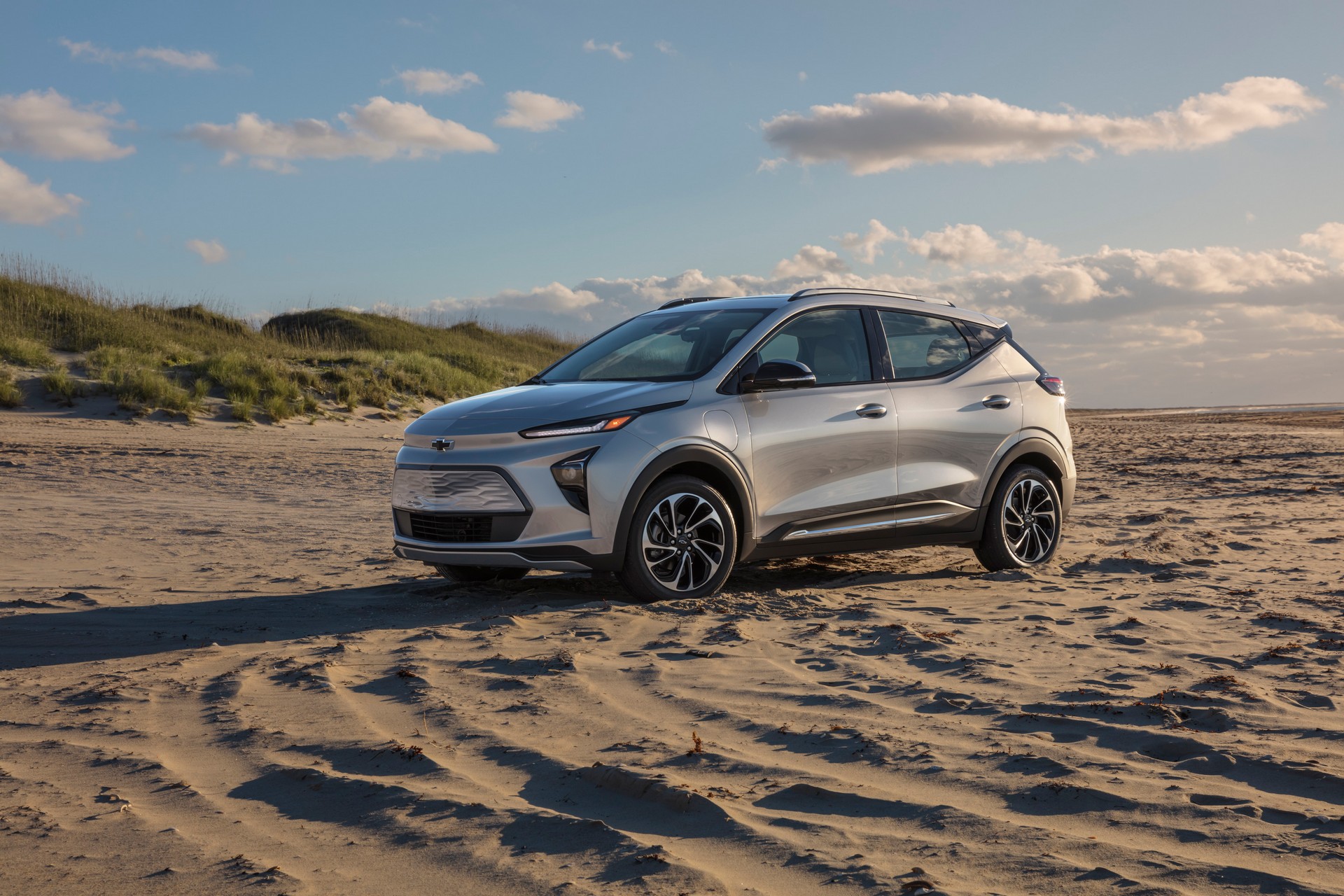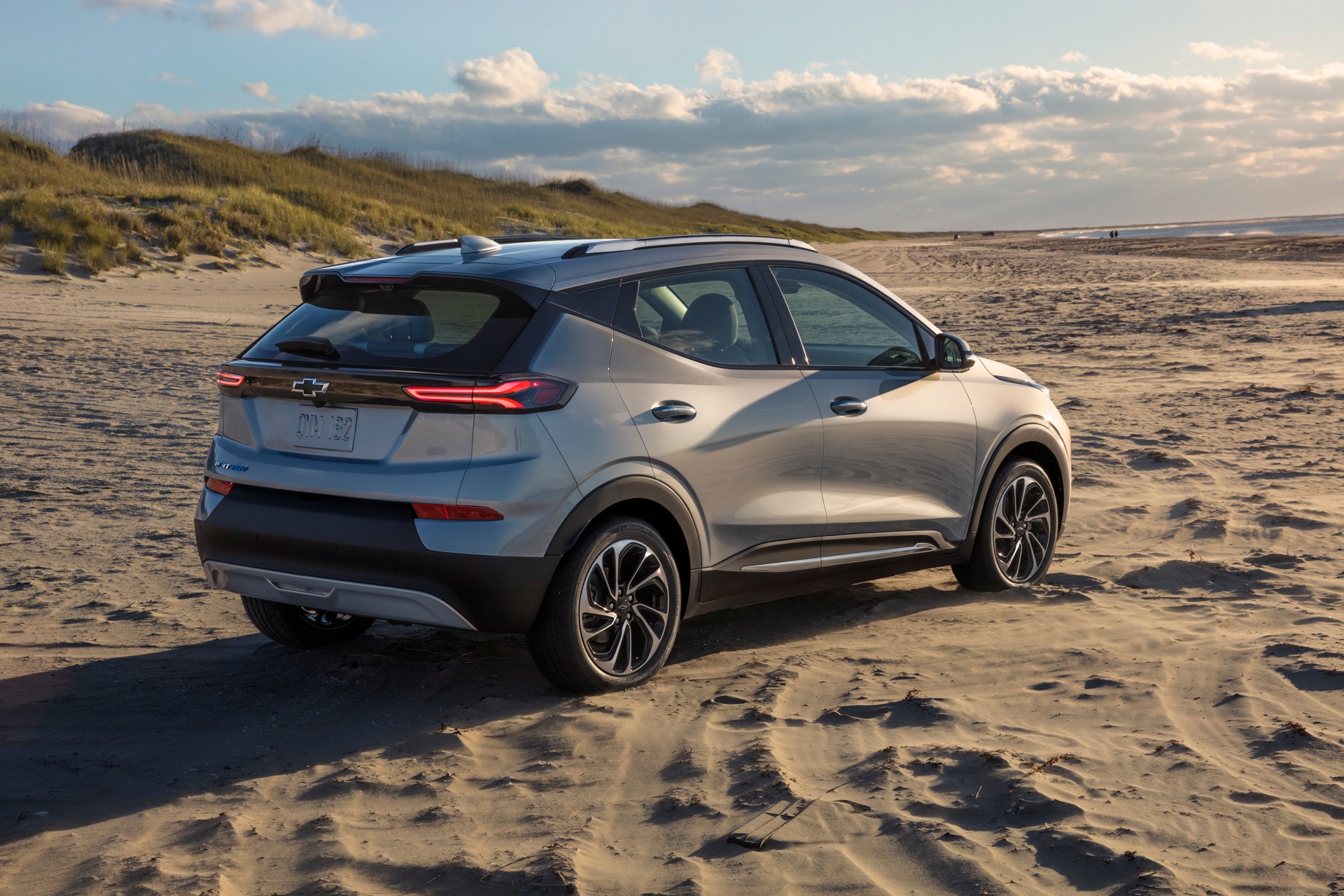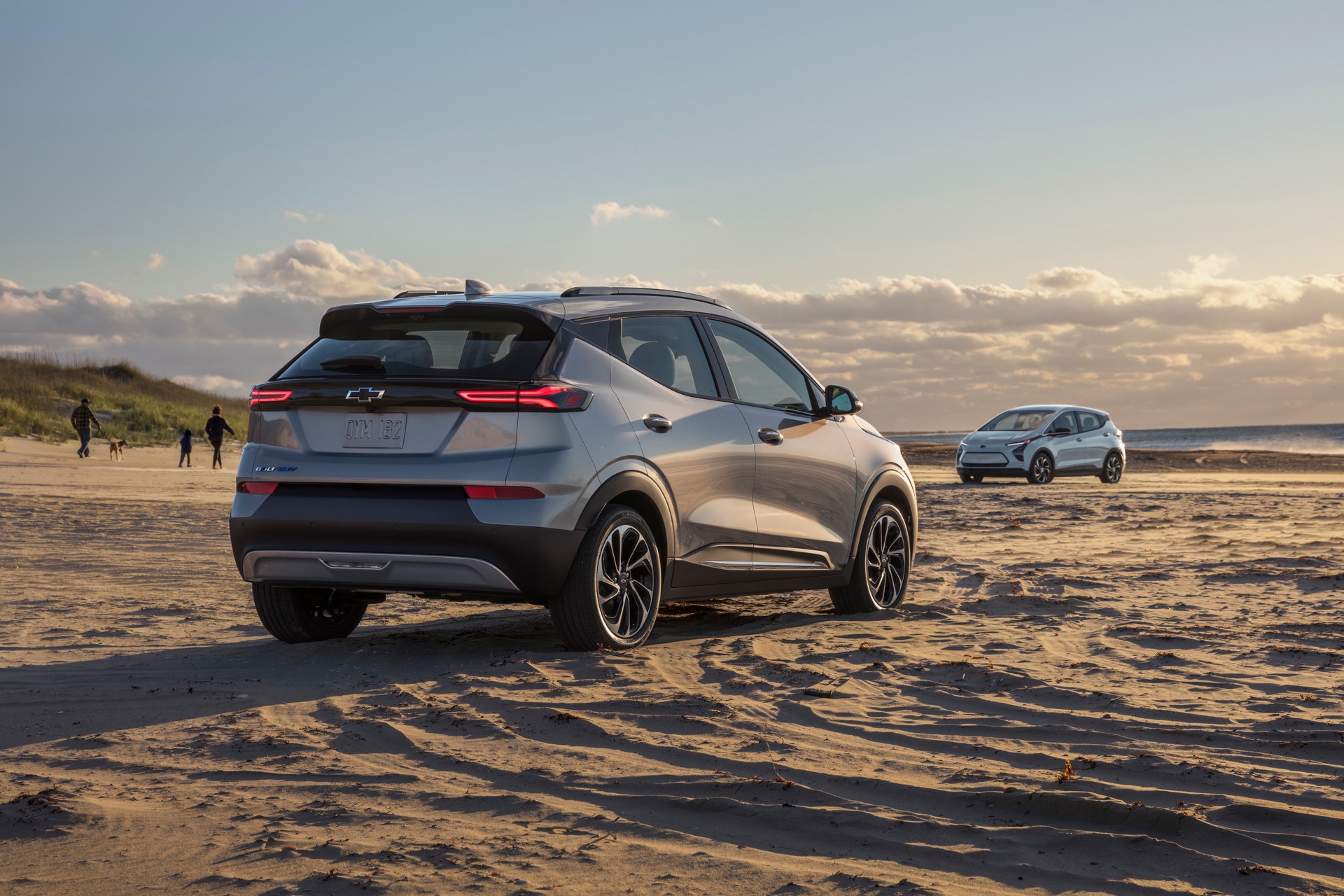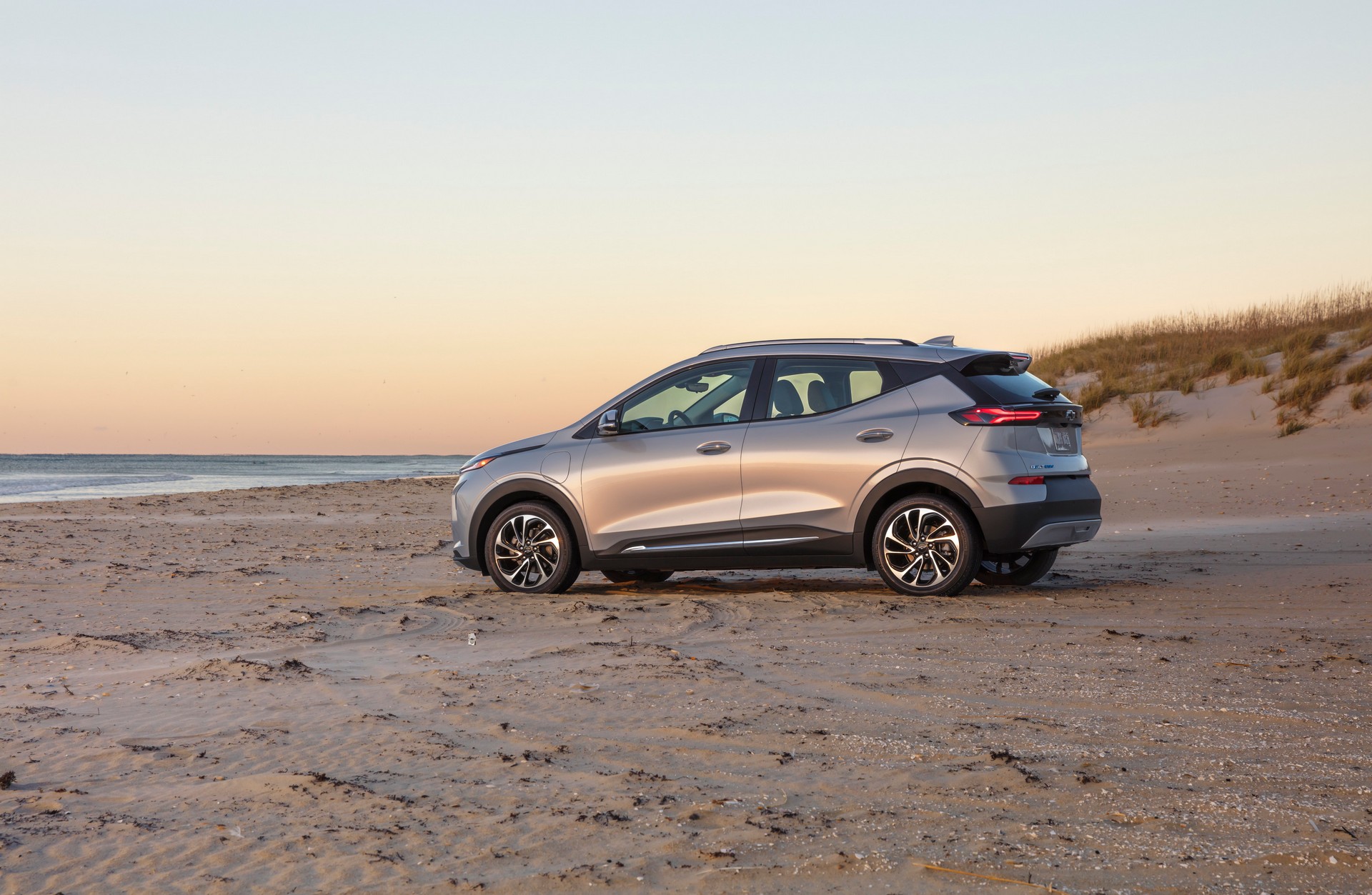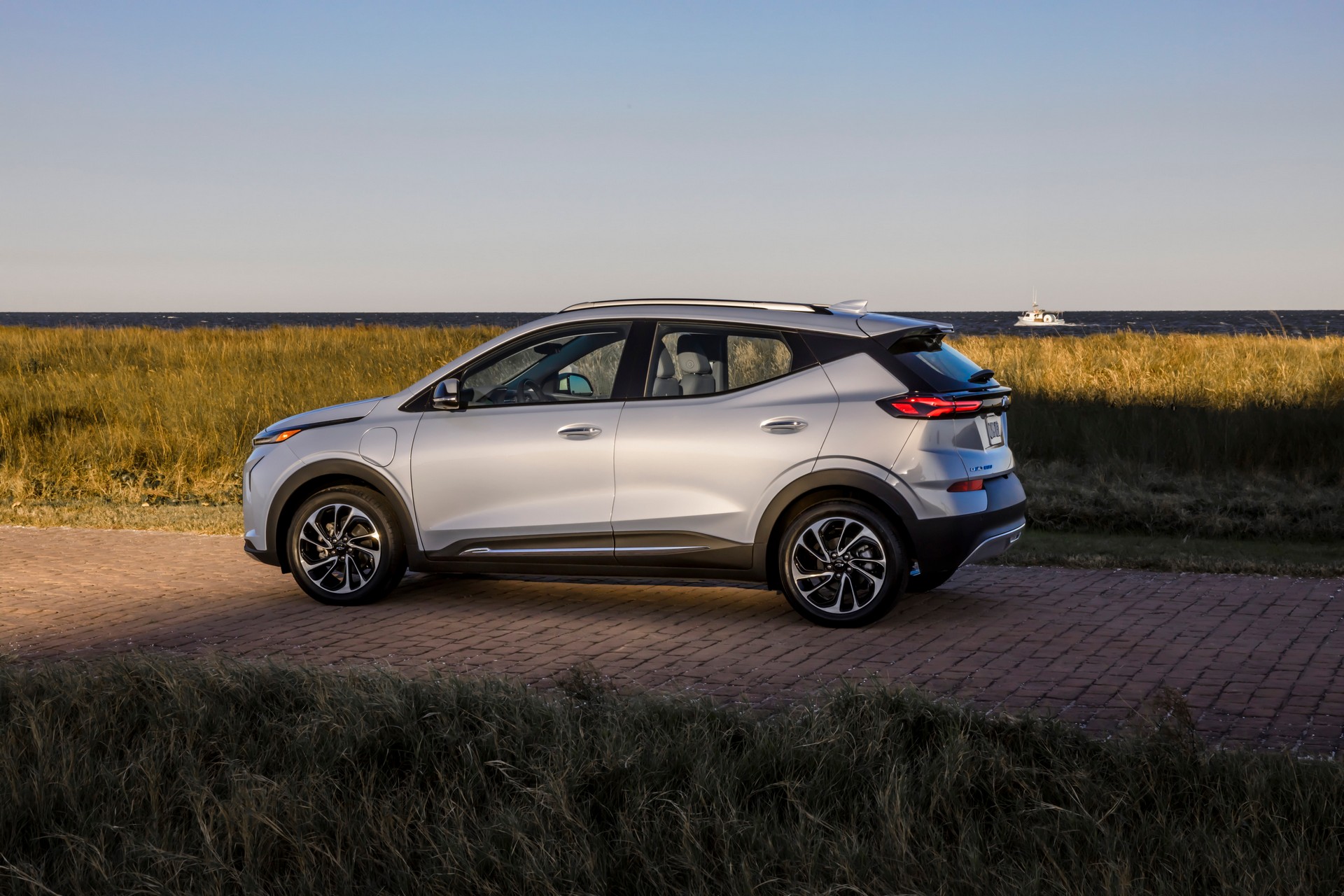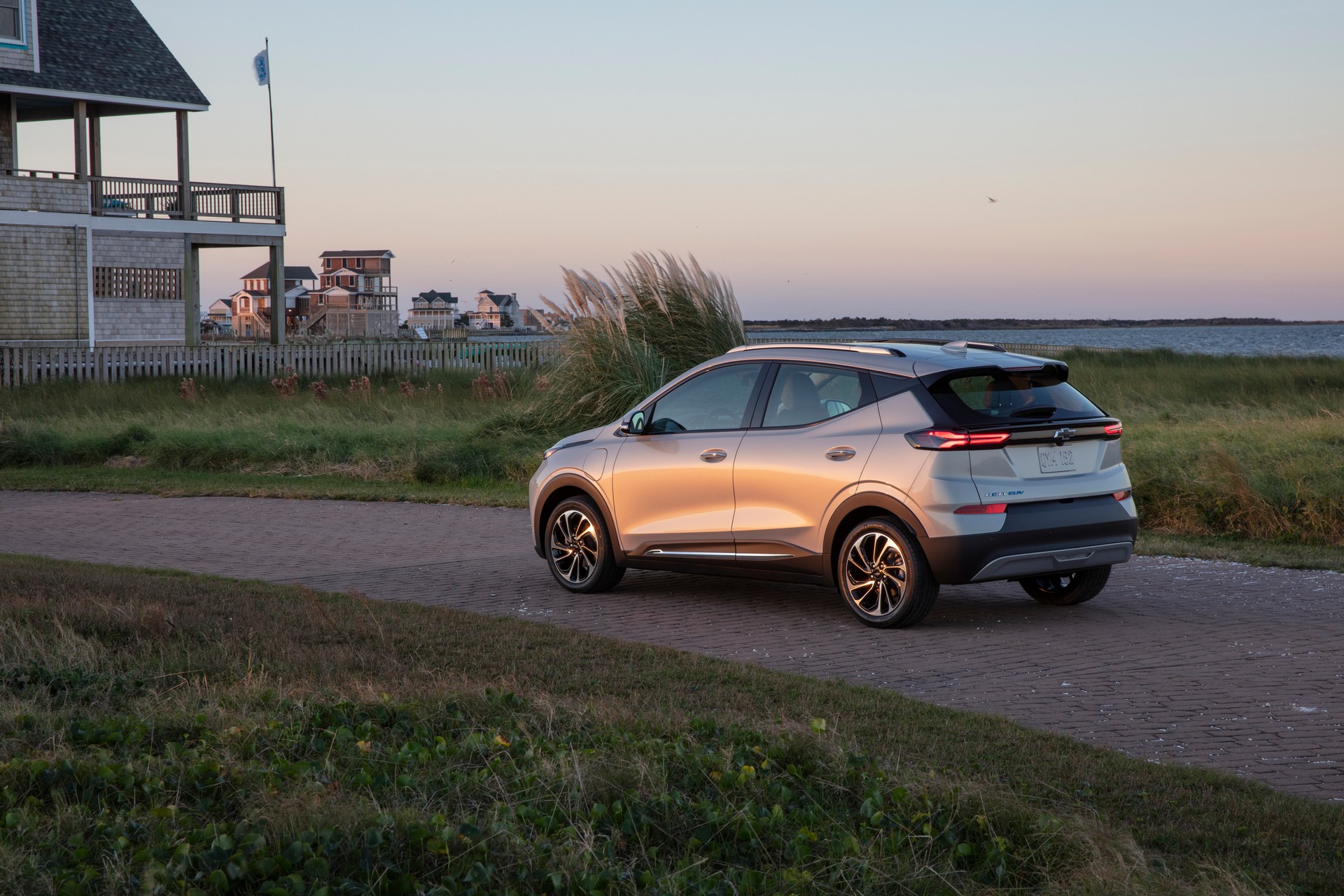General Motor’s electric vehicle offensive is kicking into high gear as the company has introduced the 2022 Chevrolet Bolt and Bolt EUV.
Featuring bold designs, affordable prices tags and ranges of at least 250 miles (402 km), the Bolts are part of GM’s plan to launch 30 new electric vehicles by 2025. While they’re not as flashy as the Cadillac Lyriq or GMC Hummer EV, they have an important role to play in company push for a zero emissions future.
The Bolt Gets A Bold Makeover
Since its introduction in 2017, the Bolt has been a modest success as the company has sold over 100,000 units globally. More importantly, 75% of buyers are first time GM customers.
Chevrolet is looking to build on that success by giving the electric hatchback a futuristic facelift. As part of the makeover, the model has been given an all-new front fascia that features new headlights and “high-eye” daytime running lights. Designers also dropped the faux grille, while adding a more distinctive hood.
The changes continue out back as there’s a more curvaceous rear bumper with slimmer reflectors. The liftgate is also new and it incorporates more stylish taillights.
When Chevrolet was working on the facelifted Bolt, they talked to current owners to get their feedback. While many were happy with the vehicle, they weren’t enamored with its interior.
To address the shortcomings, the 2022 Bolt has been equipped with a new steering wheel, a more traditional dashboard and higher quality switchgear. The model also features a ‘floating’ center console with a new push-button shifter.
That’s just scratching the surface as there are redesigned seats with contrast stitching and a triangular geometric pattern. Drivers will also find an 8-inch digital instrument cluster and an upgraded 10.2-inch infotainment system.
Speaking of the latter, the infotainment system now supports wireless Apple CarPlay and in-vehicle apps. An assortment of apps will be available including Alexa, Spotify and The Weather Channel.
Need More Room? Check Out The All-New Bolt EUV
While the Bolt EUV has a similar appearance, no body panels are shared with the Bolt. Among the changes are a more expressive front fascia, a unique greenhouse and an upright rear end. The Bolt EUV also has roof rails and distinctive taillights.
More importantly, the crossover is 6.3 inches (160 mm) longer and features a wheelbase that has been stretched 2.9 inches (74 mm). This creates a more accommodating cabin with 39.1 inches (993 mm) of rear seat legroom. The remaining interior dimensions are largely identical to the Bolt and both have a maximum cargo capacity of approximately 57 cubic feet (1,614 liters).
While the interior largely carries over, the Bolt EUV is better equipped as customers will find a standard wireless smartphone charger. The crossover can also be equipped with high-end options such as a panoramic sunroof, heated / ventilated front seats and heated rear seats.
Speaking of options, the Bolt EUV will become the first Chevy and first electric vehicle with the Super Cruise semi-autonomous driving system. It allows for hands-free driving on more than 200,000 miles (321,869 km) of roadway in the United States and Canada.
On the topic of driver assistance systems, both Bolts come standard with Automatic Emergency Braking, Forward Collision Alert, Front Pedestrian Braking, and Lane Keep Assist with Lane Departure Warning. They’re joined by optional features such as Adaptive Cruise Control, Rear Cross Traffic Alert, and an HD Surround Vision system.
A Familiar Powertrain With Up To 259 Miles Of Range
Both models have a 65 kWh lithium-ion battery pack, which powers an electric motor that develops 201 hp (150 kW / 203 PS) and 266 lb-ft (360 Nm) of torque. This means the Bolts are front-wheel drive and this could limit the EUV’s appeal.
Getting back to the battery, it enables the Bolt to travel an estimated 259 miles (416 km) on a single charge. Despite the Bolt EUV’s larger dimensions and increased weight, it’s expected to have a range of 250 miles (402 km).
Both models feature a DC fast charging capability and this enables the Bolt to get up to 100 miles (161 km) of range in 30 minutes. Likewise, the Bolt EUV can get up to 95 miles (153 km) of range in the same time period.
Of course, most charging is done at home and a 240V connection can replenish both batteries in approximately seven hours. With a standard 120V outlet, owners can expect a mere 4 miles (6.4 km) of range per hour.
Speaking of charging, the Bolt EUV comes standard with a dual level charge cord that enables owners to easily swap plugs to charge the vehicle with either a 120V or 240V outlet. The cord will be optional on the hatchback, but there’s no word on how much it will cost.
Interestingly, Chevrolet will cover the “standard installation” cost of adding Level 2 charging to the residence of anyone who purchases or leases a 2022 Bolt or Bolt EUV. Details are limited, but it’s a nice bonus that saves customers money and enables them to charge their vehicle at up to 7.2 kW.
Pricing Starts At $31,995
The 2022 Bolt and Bolt EUV will be available this summer. The hatchback starts at $31,995 which makes it $5,500 less than last year’s model. Chevrolet officials also noted they didn’t decontent the vehicle to lower its price as the 2022 Bolt actually comes better equipped than its predecessor.
Likewise, the 2022 Bolt EUV will start at $33,995. That makes it an affordable upgrade for people looking for something roomier than the standard Bolt.
Chevrolet will also offer a Bolt EUV Launch Edition that features special badging, unique wheels and a panoramic sunroof. Other highlights include an illuminated charging port and the Super Cruise semi-autonomous driving system. While the model comes nicely equipped, it starts at $43,495.
Note: Prices include destination charges, but excludes possible state, local and utility incentives
2022 Bolt
2022 Bolt EUV




